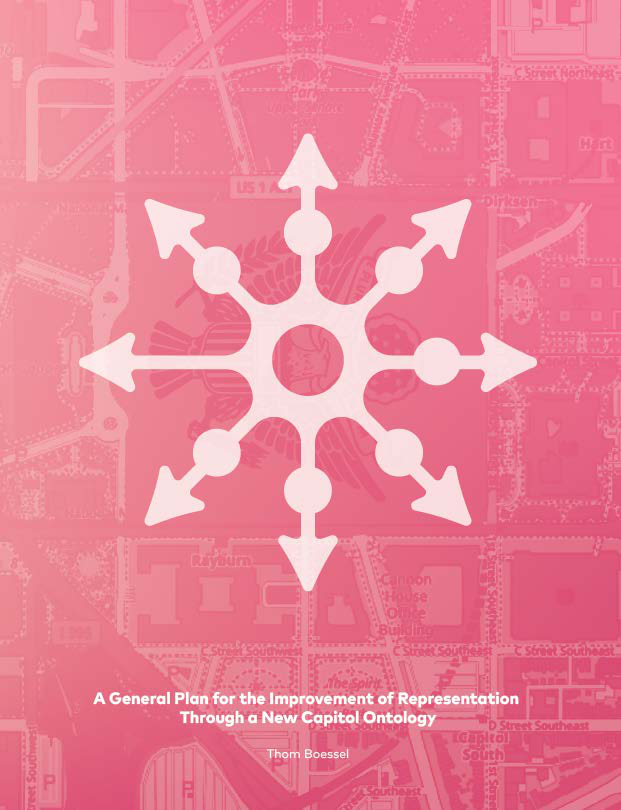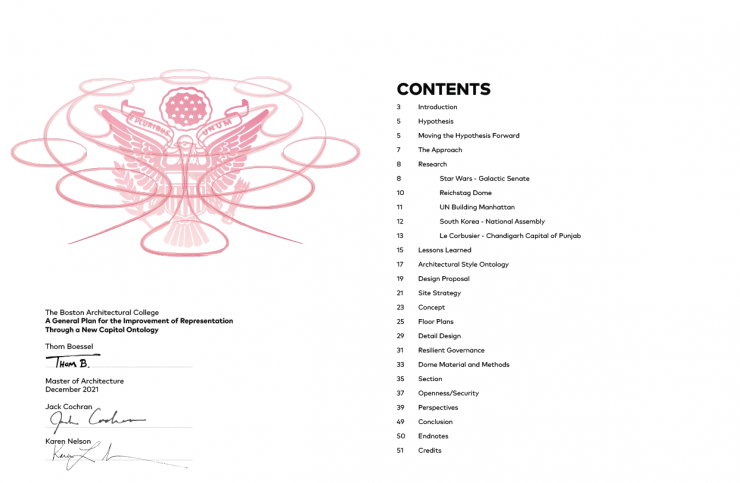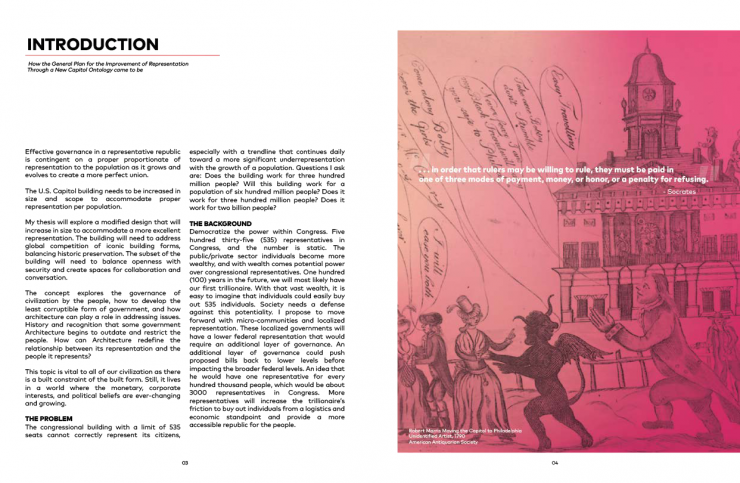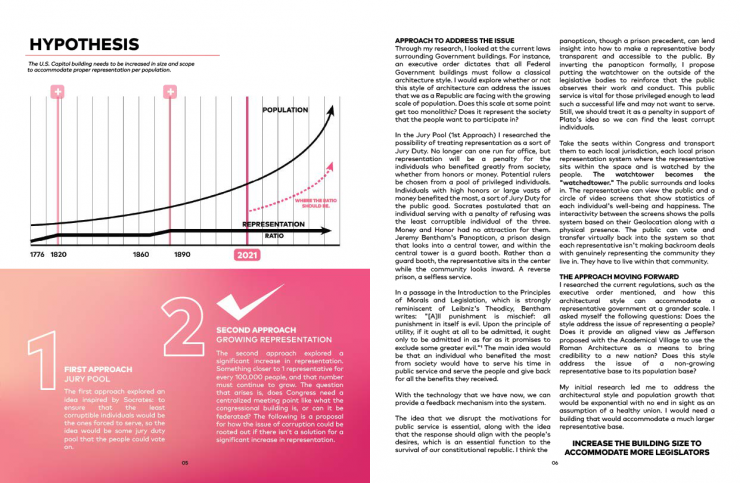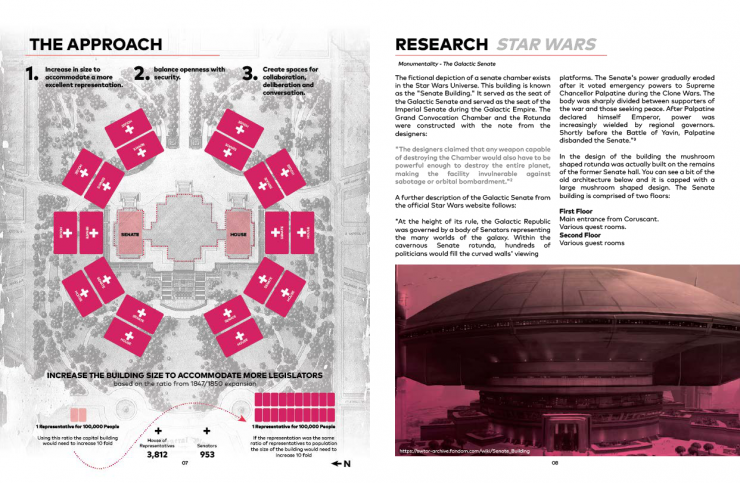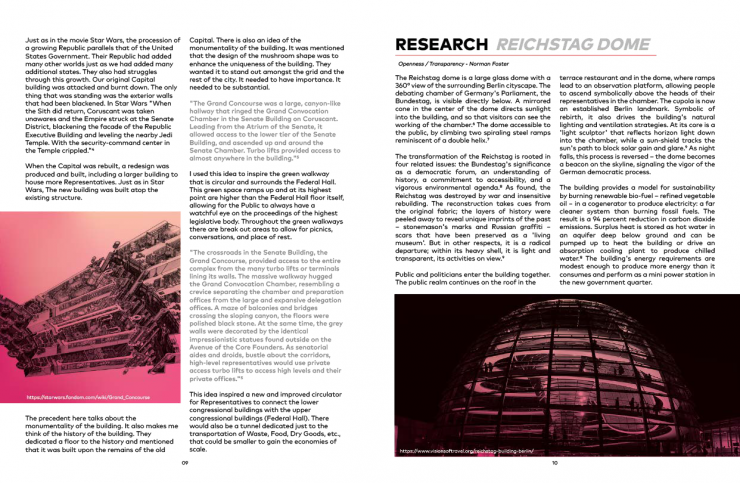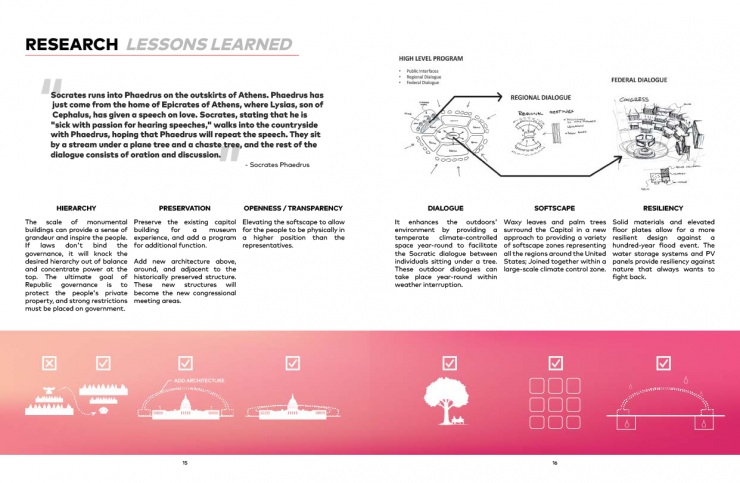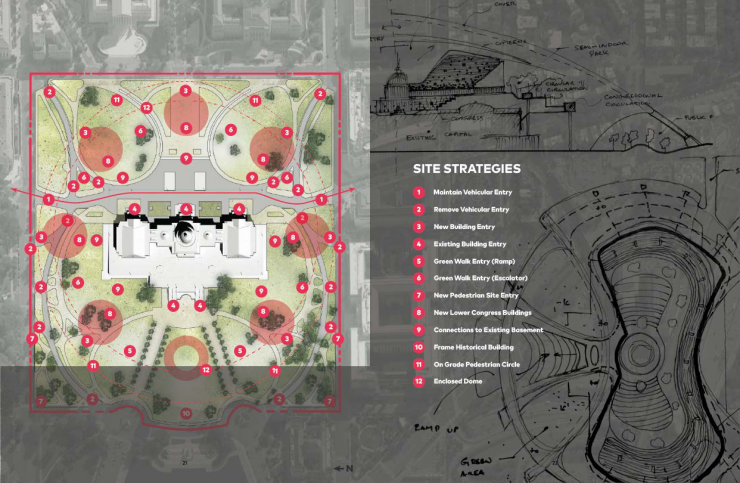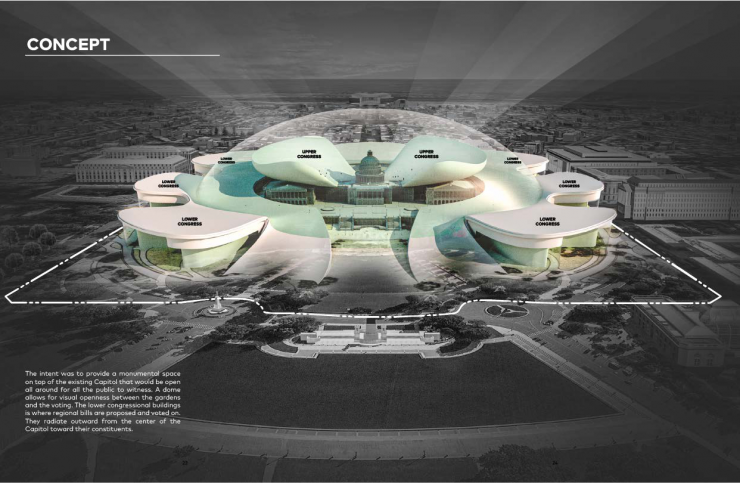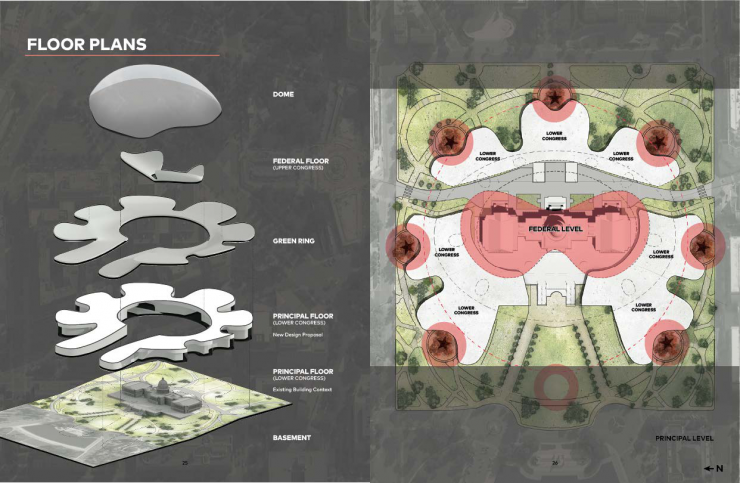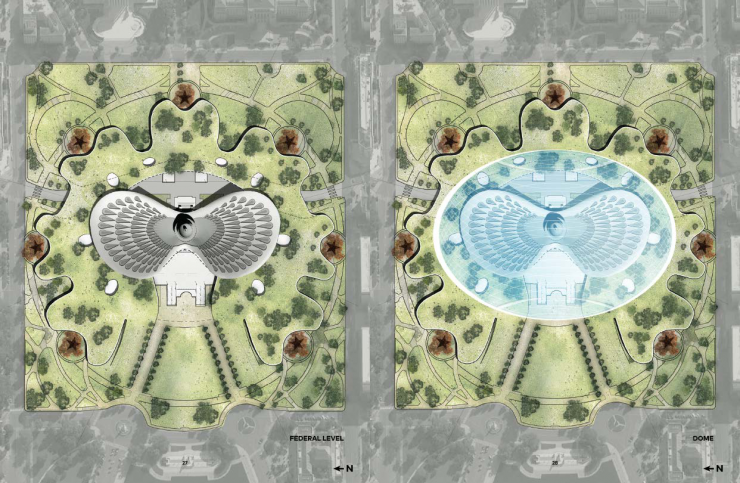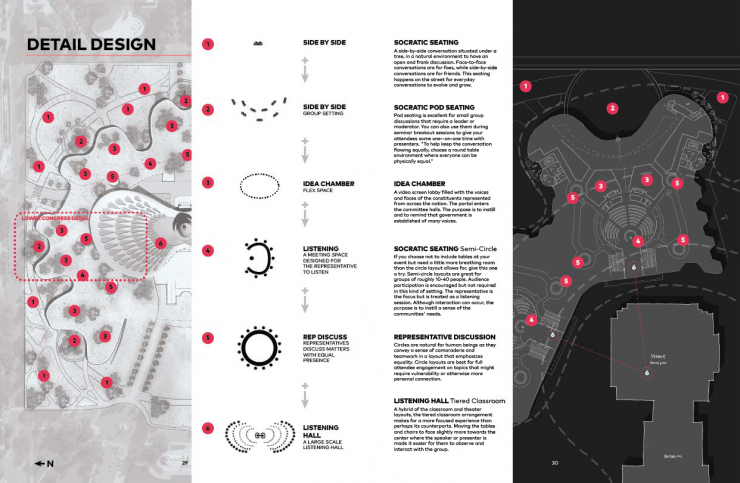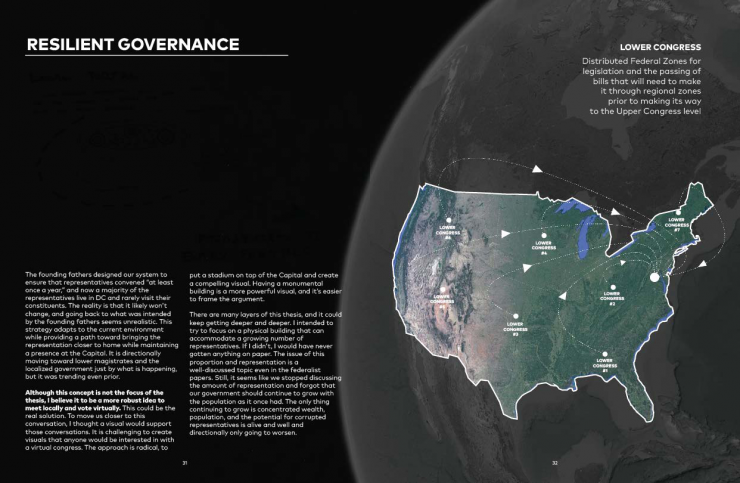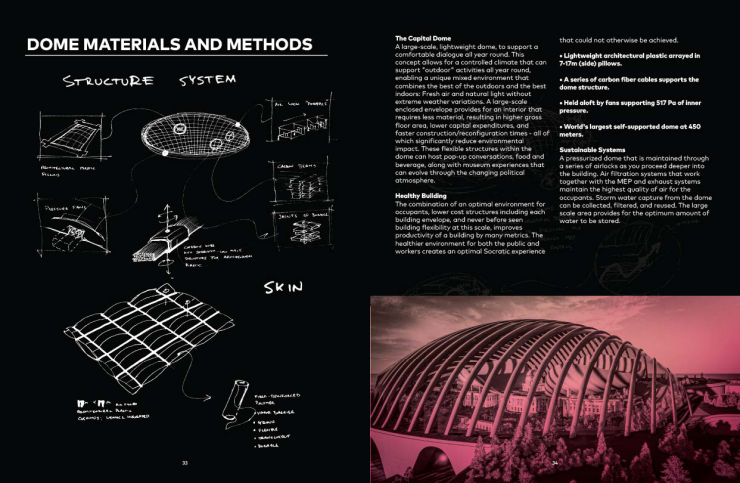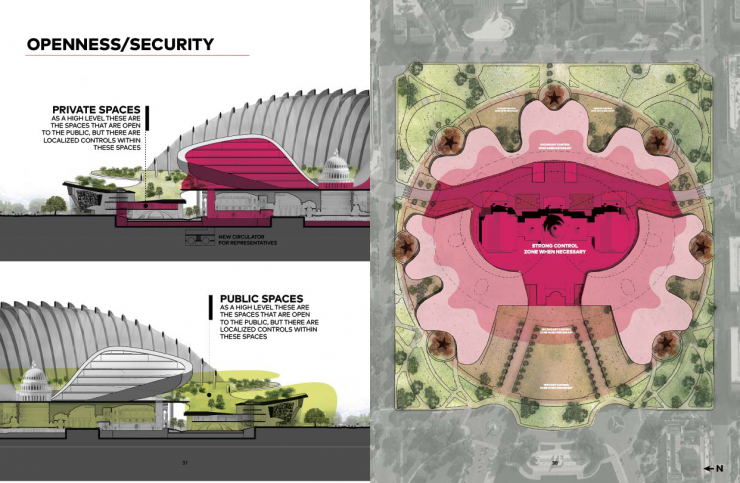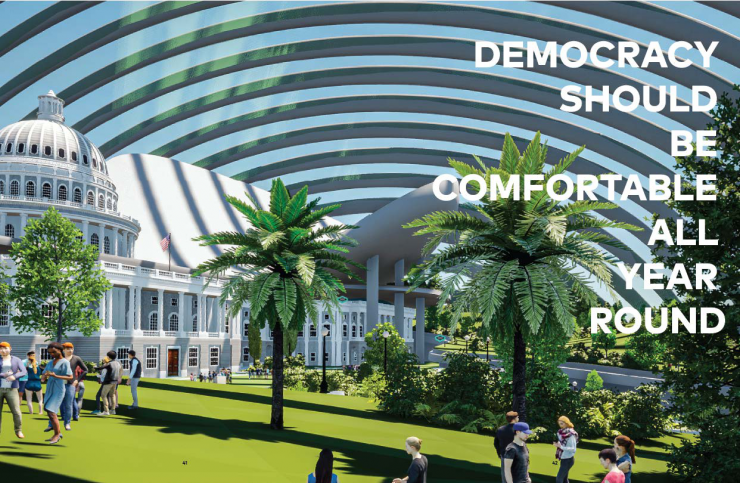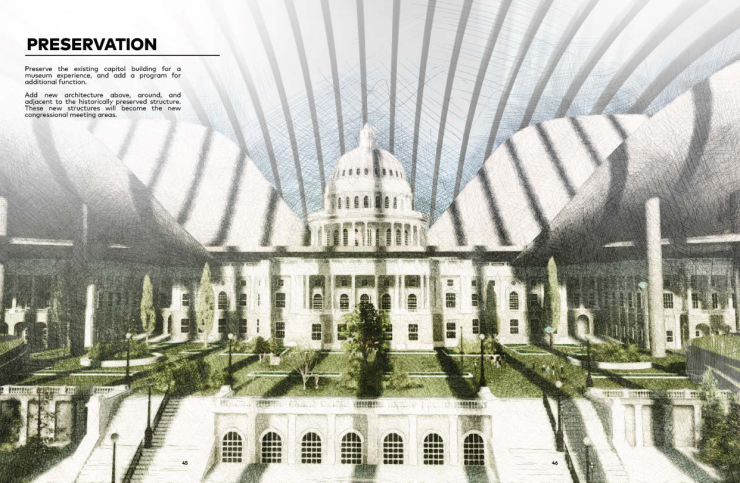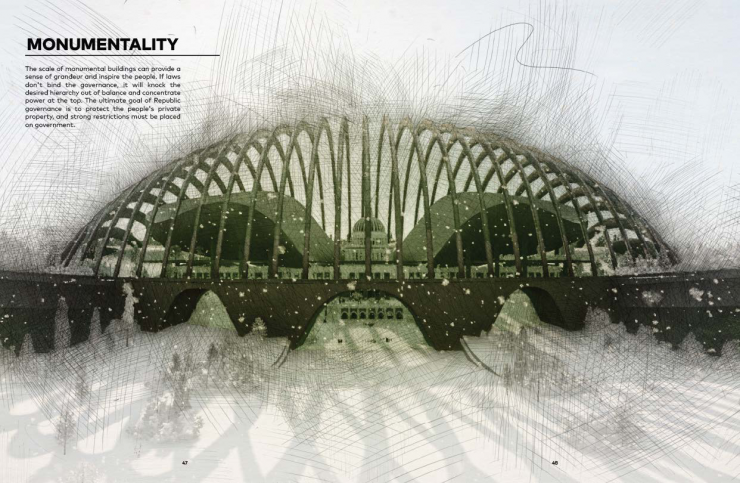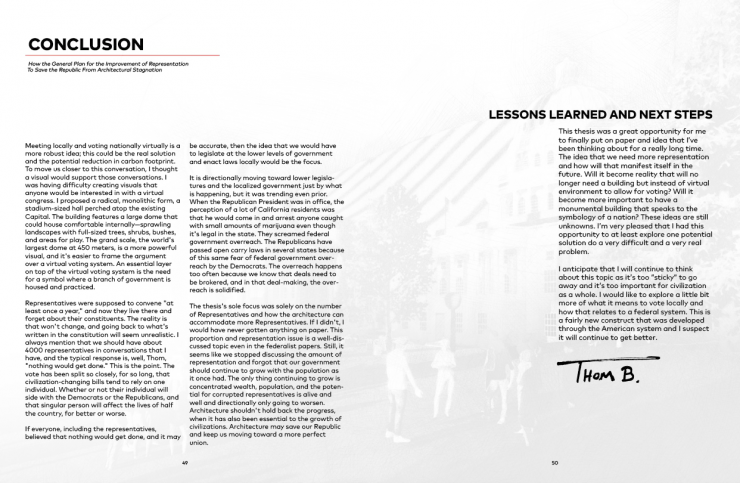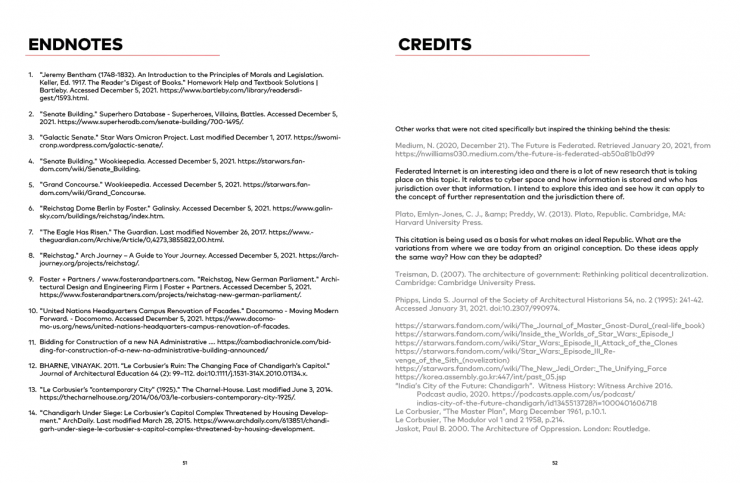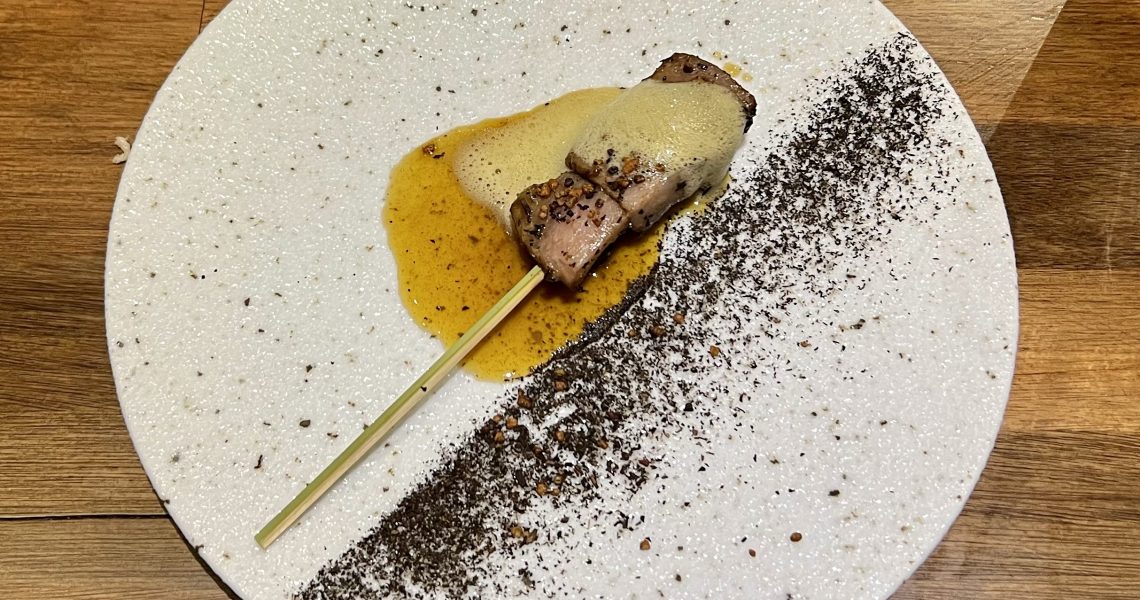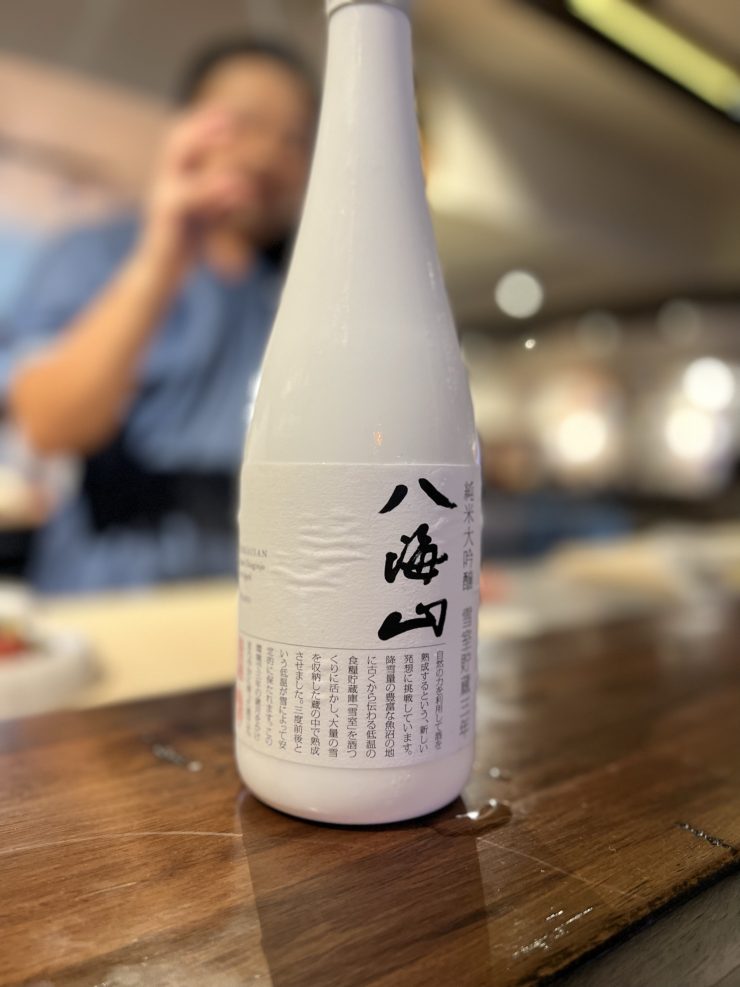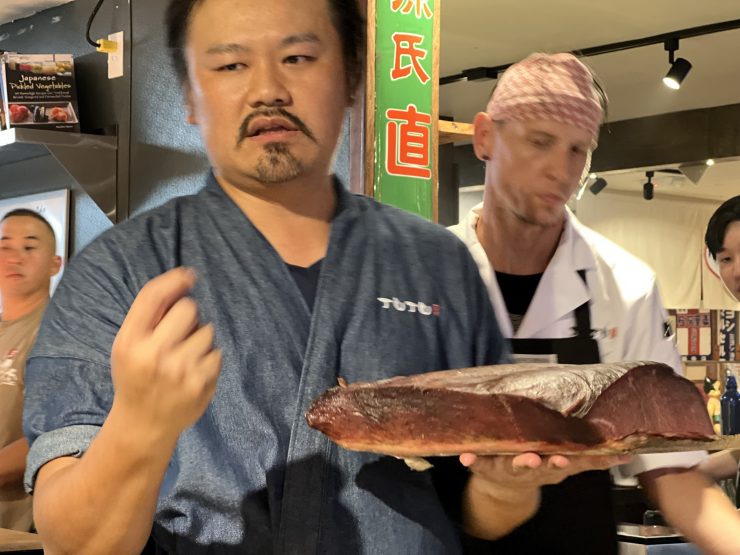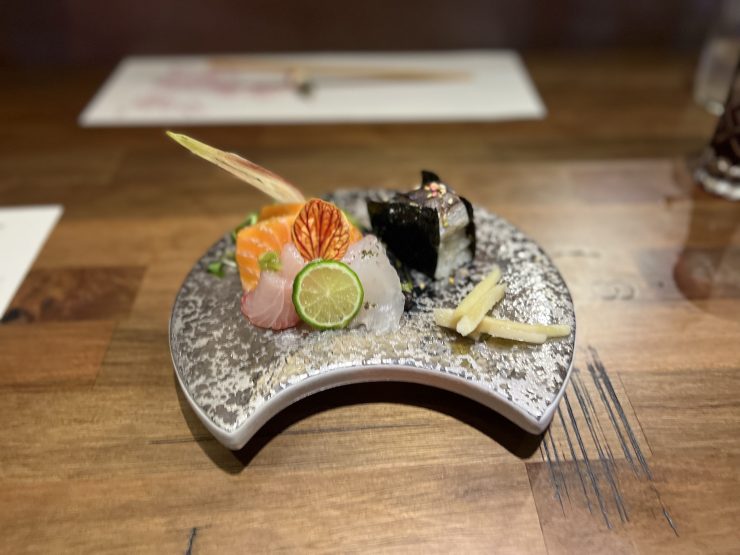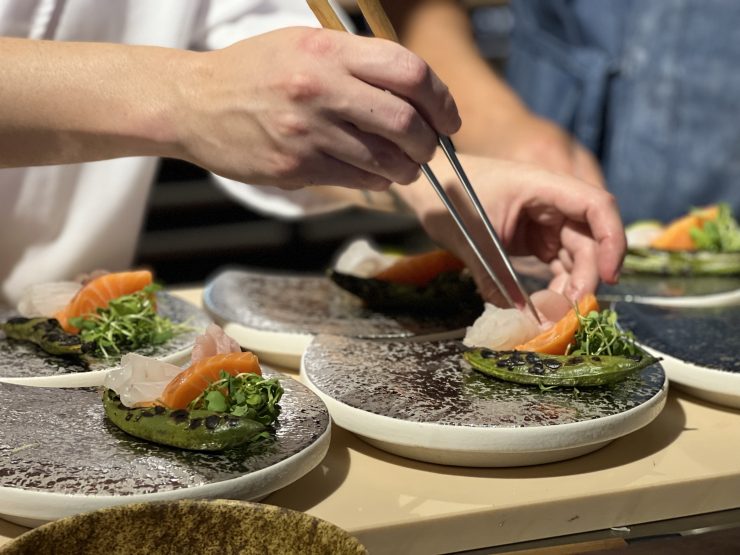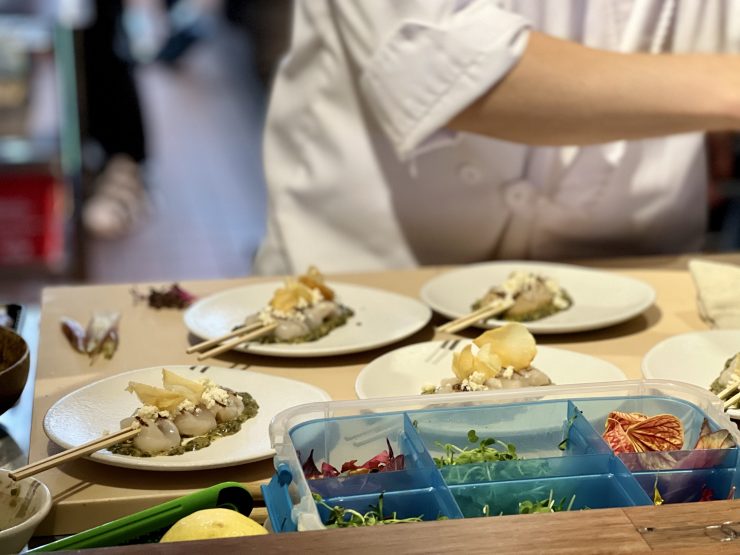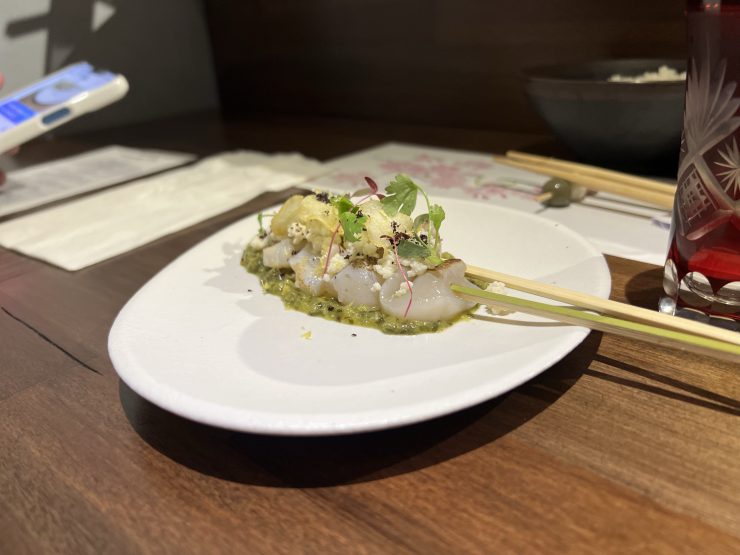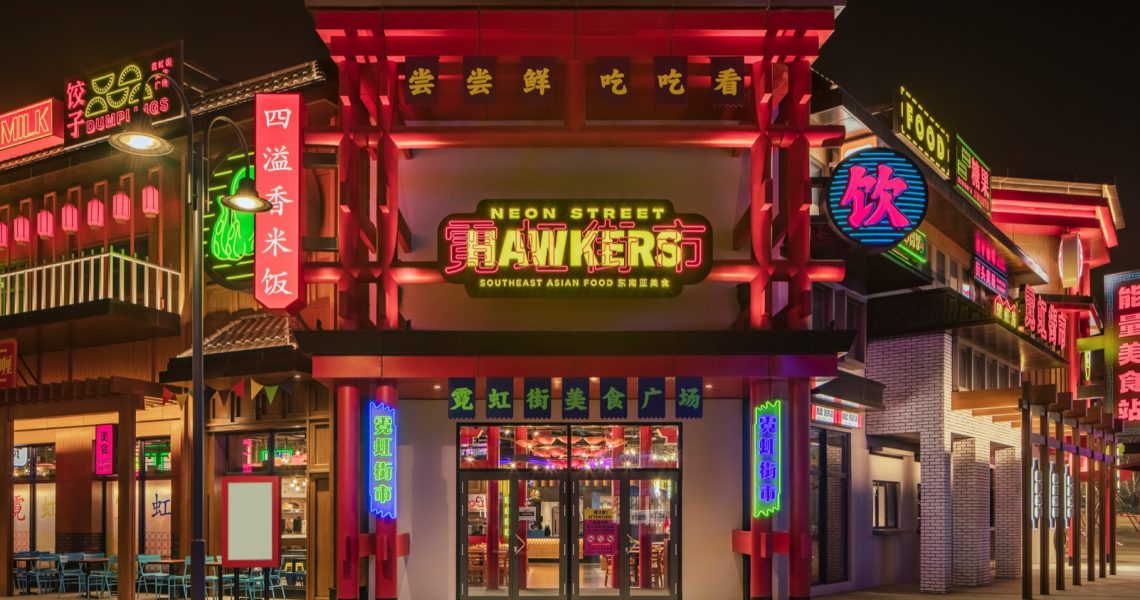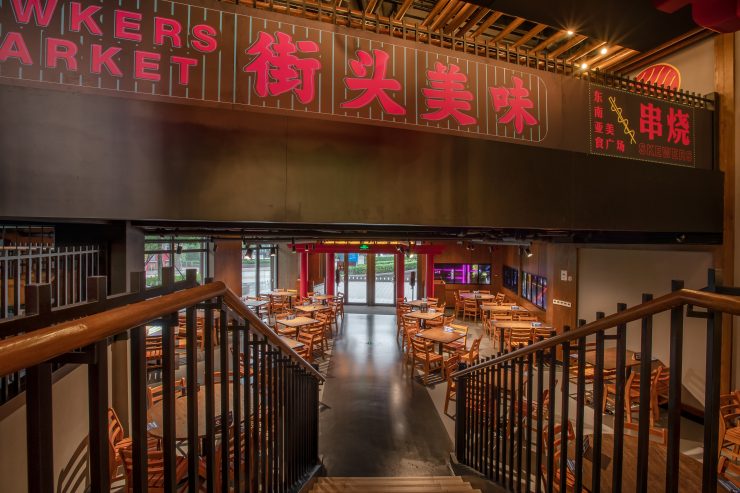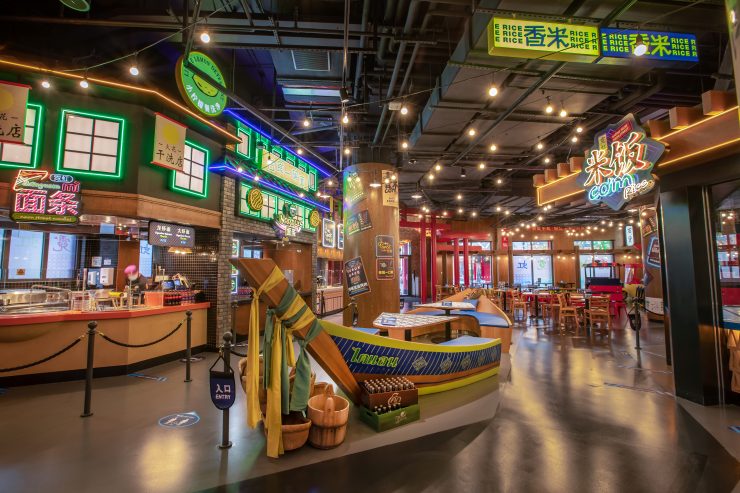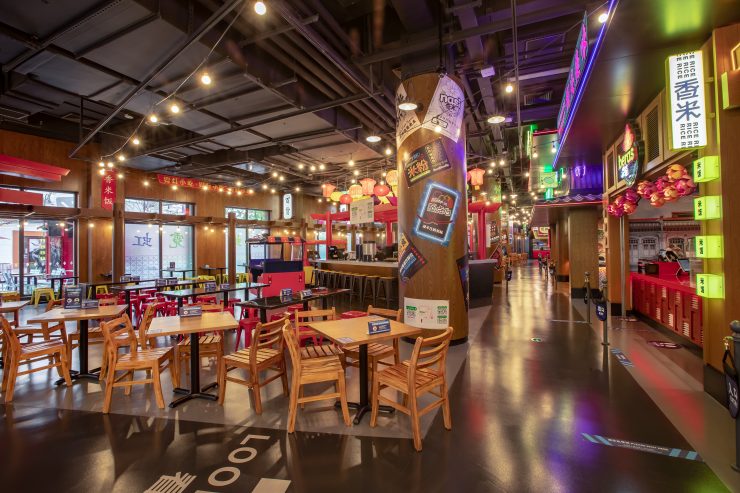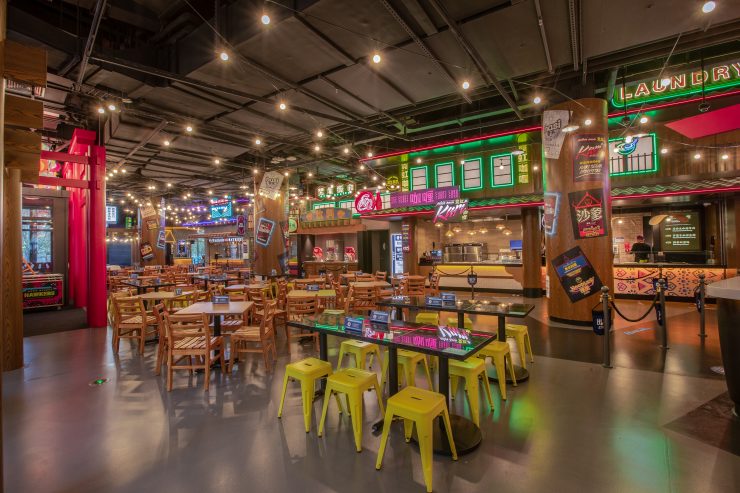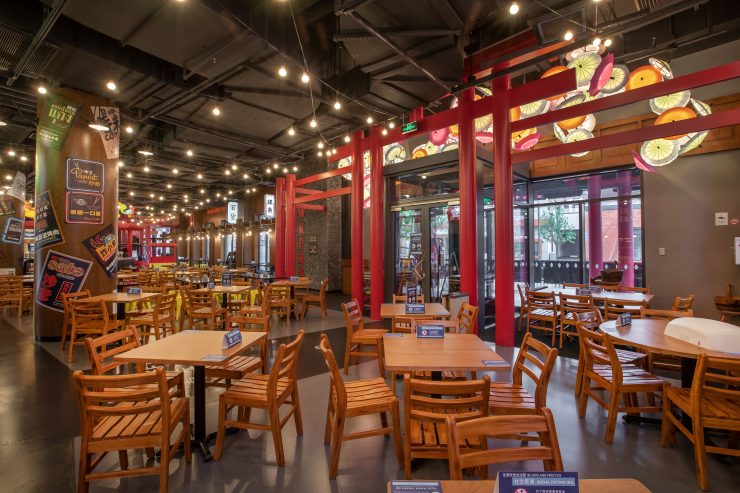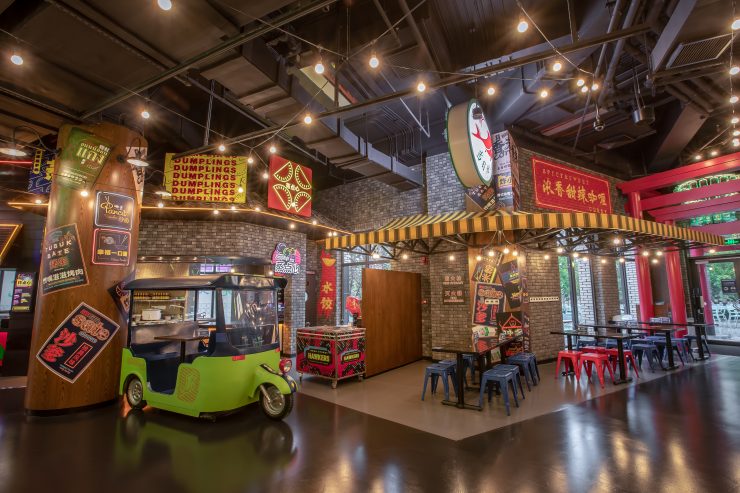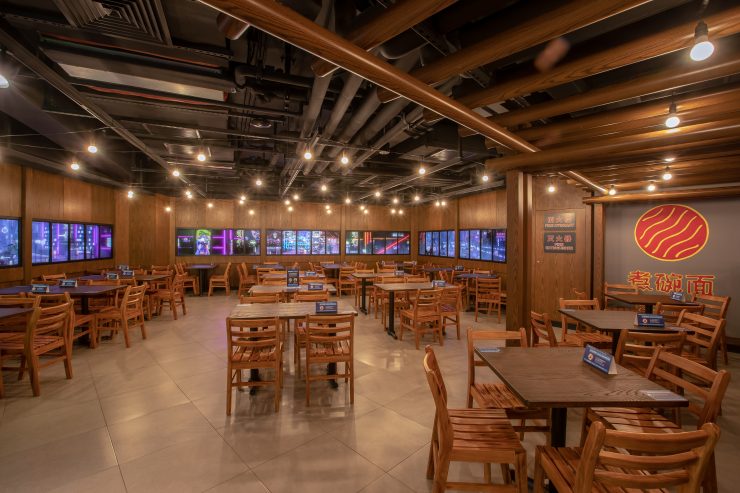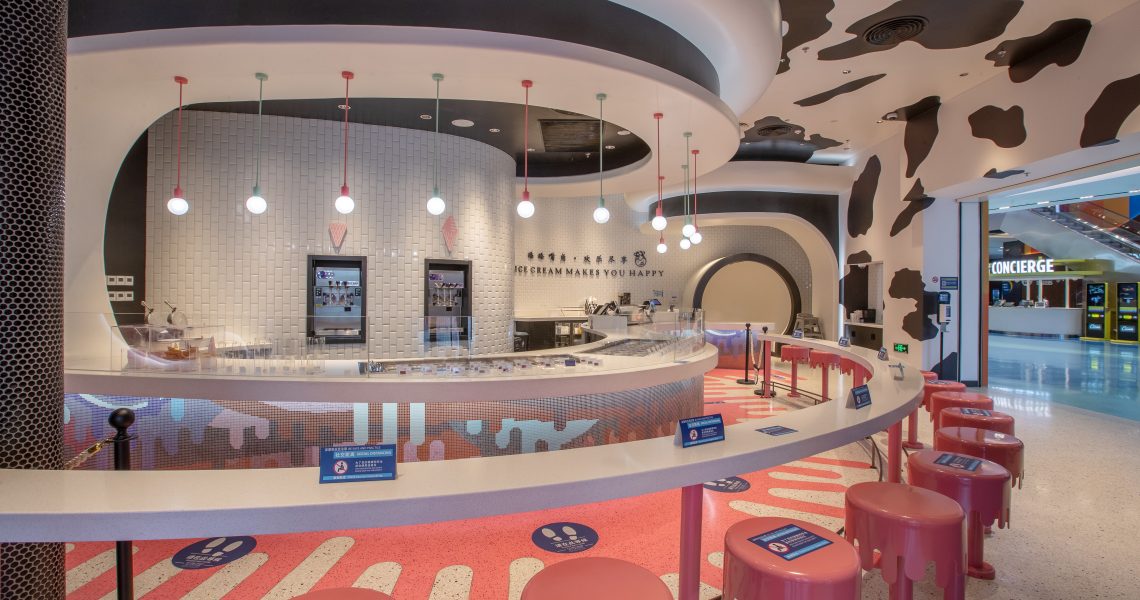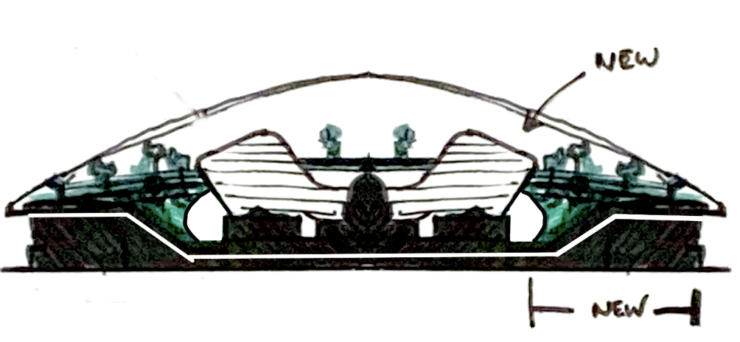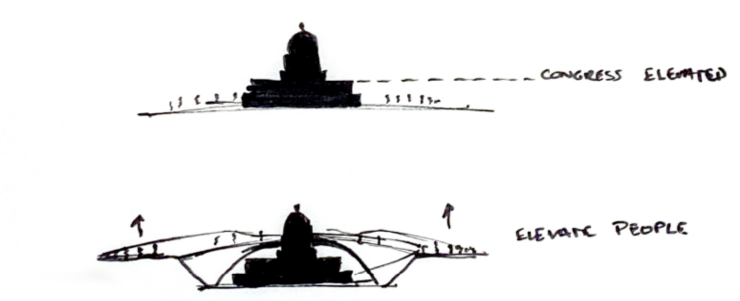JuJu by Susuru in Orlando
We had our first tasting over at JUJU tonight and the pleasure of dining with tasty chomps. This was an old Pizza Hut location and contrary to the belief that you can’t make it look like anything other than a Pizza Hut they manage to accomplish that. The space is inviting with a collection of signage imported from all over Japan within the theme of retro Japan. There’s a reserved dining section for eight people and a preset menu that is booked at least a month in advance. The rest of the dining area and bar are similar food to the favorites by their other brand “Susuru”
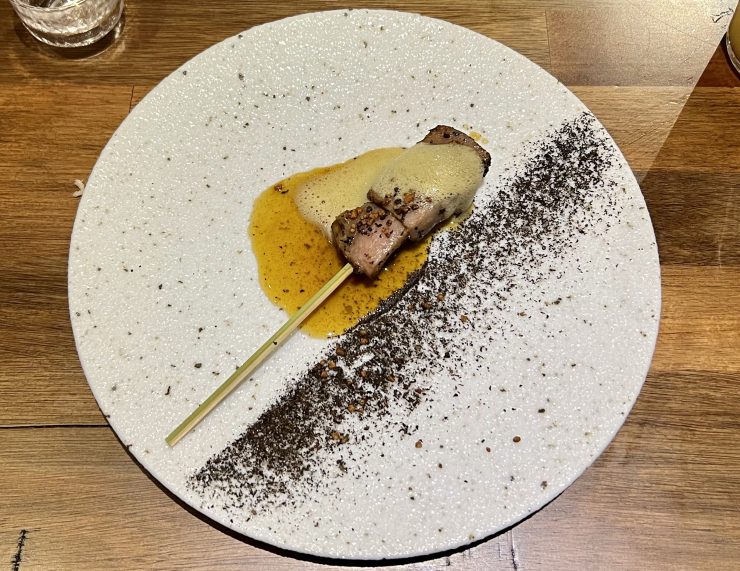
JuJu by Susuru
Susuru’s JuJu opens in August, and will offer regular dining as well as a Kappo Bar Tasting Experience which is more casual than a traditional Omakase experience.
Toothsome Milkshake Foundry Grand Opening January 29, 2022

Universal Parks & Resorts has taken a huge step in extending the Toothsome Chocolate Emporium brand into new environments by opening the new Toothsome Chocolate Foundry in Philadelphia’s Wells Fargo Center arena. Anyone going to a Philadelphia 76ers or Philadelphia Flyers game, a concert, or an event can experience the artisanal milkshakes made famous in the Universal parks.
Read moreWe’re Flying 1,000 Miles For…A Milkshake We Could Get in Orlando?
Article from Orlando Informer
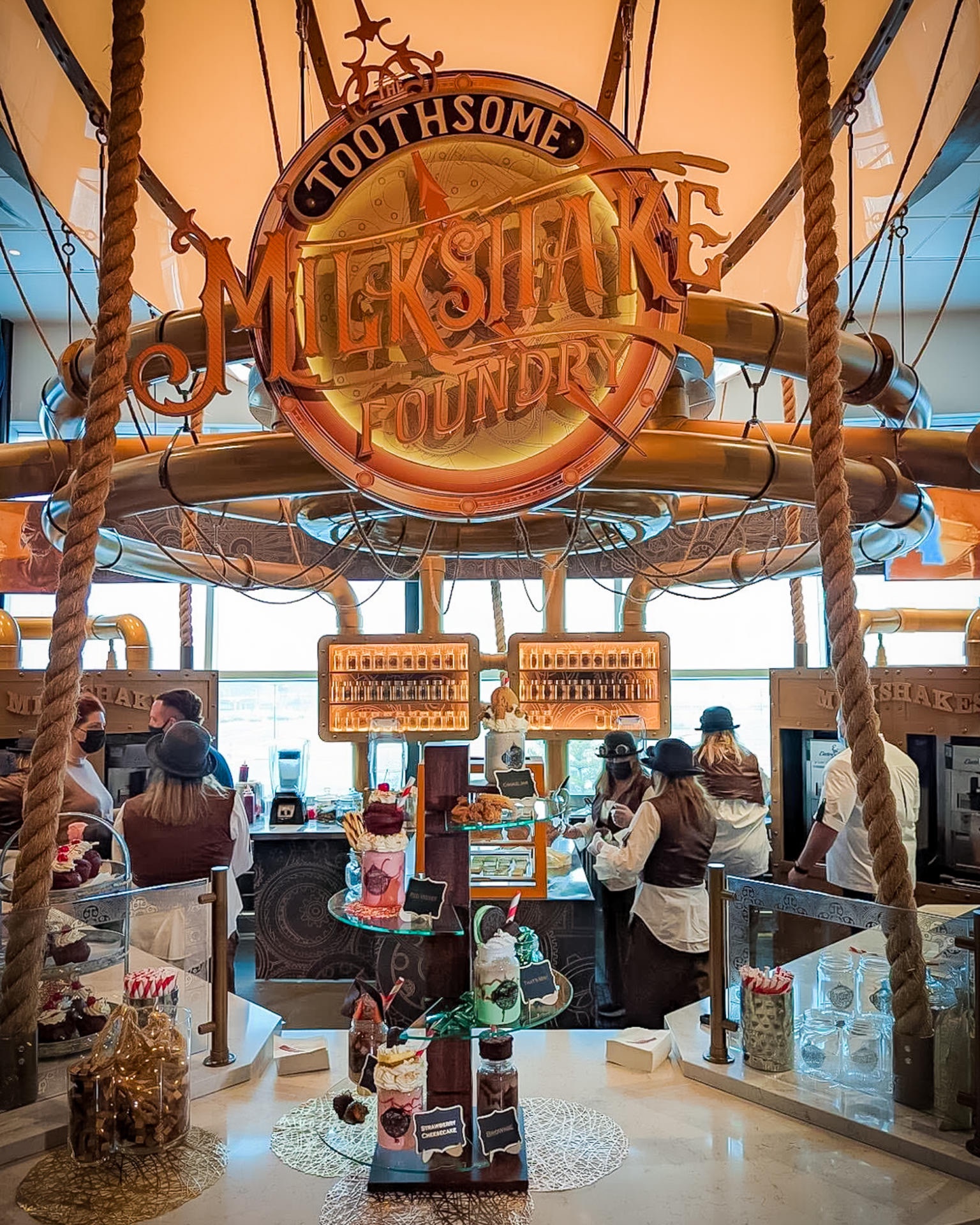
Philadelphia is known for having one of the richest histories in the United States, and it recently became richer in another sense with the opening of a Toothsome Milkshake Foundry. We’re on the way right now to Philadelphia for a Toothsome Milkshake and compare it to what we’ve got here in Orlando. Dive in for the decadent details we know so far.
Tomorrow, Toothsome Milkshake Foundry opens in the Wells Fargo Arena in Philadelphia, Pennsylvania. Toothsome is original to Universal Parks & Resorts, and the Foundry opened in the mezzanine level of the arena marks the first time the artisan milkshake brand has opened up outside of the theme park industry. Just as it does here in Orlando, Toothsome will provide guests with the extravagant desserts the kitchen is known for. We’ll be there when it opens to cover all the delicious details.
Toothsome Chocolate Emporium & Savory Kitchen has an established reputation in Orlando, opening in 2016 and providing guests with varied and delicious menu items ranging from dessert crepes to Beef Filet Mignon. Guests can rest their feet after enjoying the parks and fill up on Truffle Fries, Avocado Bruschetta, or Chicken Bourguignon. If they’re in the mood for something sweeter (which, let’s face it, is what Toothsome calls for), there is a selection of crepes, waffles, and – of course – decadent milkshakes. These milkshakes carry names like Heavenly Hazelnut, Cookie Jar, and Key Lime Pie. But Toothsome is more than just a milkshake bar. Here in CityWalk, guests can enjoy purchasing a variety of steampunk merchandise in the shop, drop by the bar for milkshakes or sundaes, or sit in the dining room to partake in a full menu of fine dining options.
The Toothsome in Philadelphia is decidedly more low-key, which makes sense given the context. The Toothsome Milkshake Foundry is in the Wells Fargo Center, a sports arena that hosts the local NBA and NHL teams, the 76ers and the Flyers, respectively. Ironically, both teams this weekend are playing Kings from California (the 76ers host the Sacramento Kings after the Flyers host the L.A Kings), but our focus will be on trying the milkshakes offered at the Toothsome food venue on the perimeter of the arena.
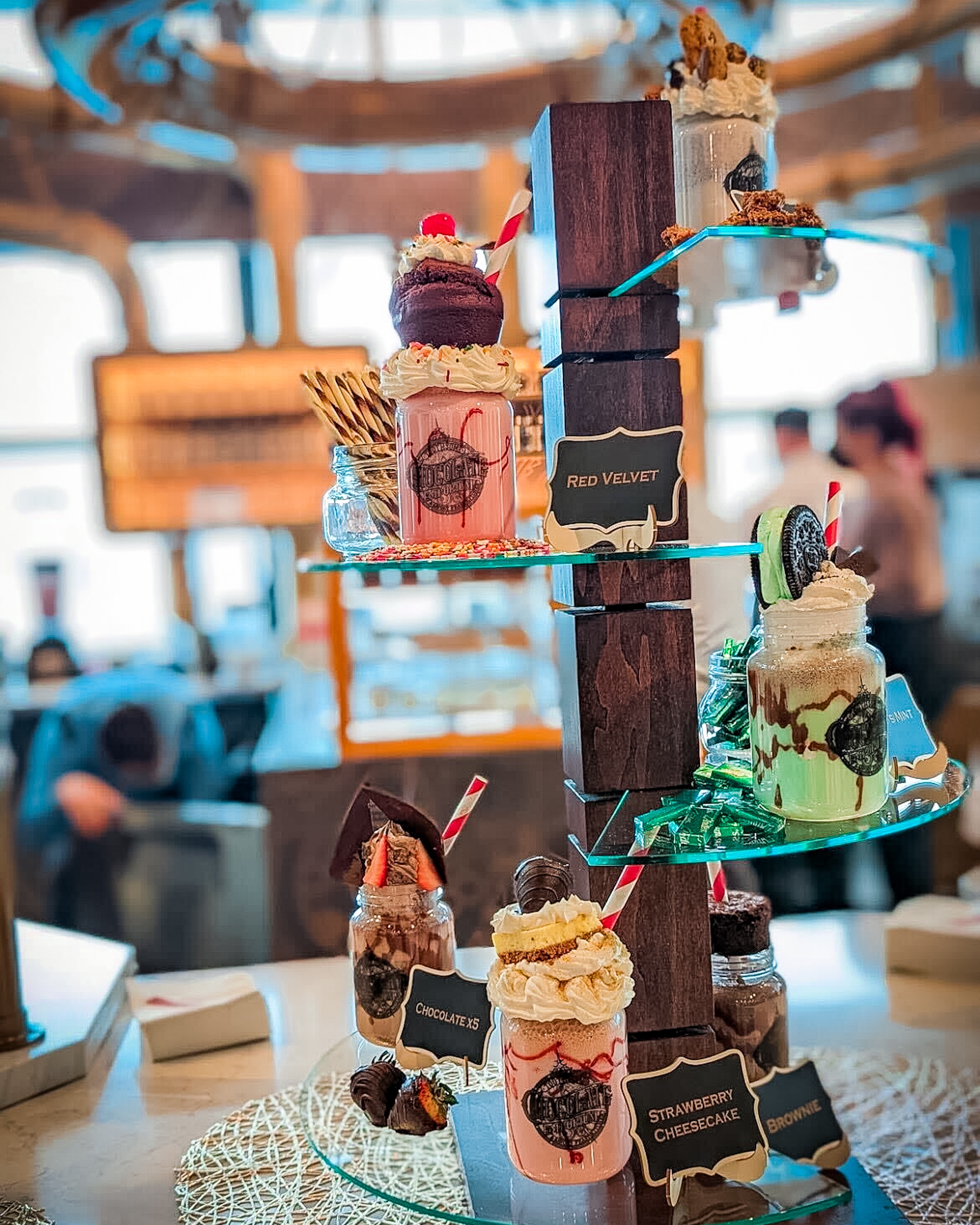
The Toothsome Milkshake Foundry in the Wells Fargo Center incorporates the steampunk nature of the original idea and carries menu items such as the Cookie Jar, Red Velvet, and Brownie. The milkshakes are almost identically priced, with milkshakes in Orlando coming in between $14.50 – $16.00, and milkshakes in the Philly location ranging from $14.99 – $15.99. Of course, given the constraints of the venue, the menu is more limited than the one in Orlando, and the weather might be a factor here as well. While the climate in Orlando lends itself well to milkshakes and sundaes sounding appealing almost year-round, the temperature for when we land in Philly is expected to be a balmy 28 degrees – with snow showers.
Here’s what’s on the menu at Toothsome Milkshake Foundry:
Cookie Jar – $14.99
Vanilla ice cream, Oreo chocolate and oatmeal cookies, whipped topping
Chocolate x5 – $14.99
Chocolate ice cream, chocolate chunks, chocolate sauce, chocolate spirals, chocolate whipped topping, strawberries
Strawberry Cheesecake – $15.99
Strawberry ice cream, cheesecake, graham crackers, whipped topping, chocolate dipped strawberry
That’s Mint – $15.99
Mint ice cream, Andes mints, mint chocolate chip ice cream sandwich, whipped topping
Red Velvet – $14.99
Vanilla ice cream, red velvet cupcake, raspberry sauce, rainbow sprinkles, whipped topping, maraschino cherry
Brownie – $14.99
Chocolate ice cream, brownie, milk chocolate swirl
This past year, a Toothsome Chocolate Emporium & Savory Kitchen opened in Universal Beijing Resort, and Universal Studios Hollywood has plans to open another Toothsome soon. We can’t wait to see if additional Toothsome Milkshake Foundries pop up in venues across the United States, becoming as much a staple as a stadium hotdog or bucket of popcorn.
Read moreA General Plan for the Improvement of Representation Through a New Capitol Ontology
Thesis is complete! A huge milestone. I decided to go back to get my Master of Architecture at the start of Covid when I was living in Beijing, China. It is complete. I told myself that if you didn’t learn something new through Covid you failed. It feels great to finish it out.

LEWIS SPRING HOUSE
BUILT
1954
CLIENT
George Lewis II
ARCHITECT
Frank Lloyd Wright
ADDRESS
3117 Okeeheepkee Road
The house plan was the first of two “pod-shaped” homes that Frank Lloyd Wright had designed throughout his entire career. The Spring House is currently the only private residence that was designed and built in Florida by Frank Lloyd Wright. The home sits on ten acres of hardwoods in the Capital City of Tallahassee, Florida.
“The Mr. and Mrs. George Lewis II House is a two-story residence typical of Frank Lloyd Wright’s circular or “hemicycle” mode. It is situated in a wooded setting on the outskirts of the developed suburban area of Tallahassee and sits on a gentle slope overlooking a spring and a narrow stream.”[1]The house was designed during the same period as the Guggenheim Museum in NYC, and both the home and the museum are based on a confluence of arcs that make the two buildings similar and revolutionary.[2]
Figure 1 Ron Jones – Florida Division of Archives
George Lewis II was the president of The Lewis State Bank in Florida, which was the oldest bank and started in 1856. Clifton Lewis, the wife of George, was the one that approached Mr. Wright to design a house for their family. She had first met him at Florida Southern College In 1950 and this is where she had asked him to design their home. Mr. Wright had responded to her request with “find your ground, not on a lot, and get in touch.”[2] Mr. Wright would take on the project once the Lewises found a building site and sent him a map (topographical) of it. By 1952, Mr. Wright had completed plans for the Lewis House. The issue was not having an approved design but having someone capable of building the home with such a complex design with limited resources. The Lewises had to even set up a mill on the site in order to entice contractors to even consider taking on the project.
The site had a natural spring on the property that flowed to a lake nearby. I am sure that the location of the site please Mr. Wright. He had mentioned in his interview with NBC in 1958 that in the past twenty years of his life he was seeking a kind of refuge at the time… He mentioned that he was getting a worms-eye view of society and needed to get into the country. His mother had prepared a site for him and asked him to come and take it. His response was “I did and of course the countryside is southern Wisconsin low hills protruding rock ledges, wooded sight, and the same thing applied to Taliesin signified to, later on, to bear run. “The site determined the character and features of the house”
Mr. Wright was asked in his interview: “The American press and sections of your own profession have not always treated you kindly I just wonder if you have any comment about this?”
Mr. Wright had a strong response that is worthy of mentioning to better understand the Architect of the Spring House: “Well I don’t see any reason why they should have treated me kindly I was entirely contrary to everything they believed in and if that was right they were wrong why should they treat me kindly it was a question at one time I suppose of their survival or mine and in those circumstances you know what happens don’t you… it’s still happening in a way but not so much now but it is true that still, the greatest appreciation for what we’ve done comes from European countries and the Orient rather than from our own country we’re very slow to take things on that occurred at home it’s always been the idea of our people that culture came from abroad and they did can’t blame them for thinking so they didn’t want to hear this developing in the tall grass of the Western prairies that was not exciting in fact they’d rather resented hearing about it in that sense so hundreds had gone abroad and it had been understood and appreciated abroad and the Europeans came over here with it so they could sell it to the American people and they would take it from them when they didn’t like to take it from me.”
I was looking at the influences of this house during the same time, but before I get into what other discussions about the changes through time and what influences there were in art, culture, society, etc. it is important to know that one of his personal guiding thoughts in his life is the following. This quote is a response to this thinking about his work as it related to the influences of others on his work. “My idea was pretty well fixed I was pretty sure of my ground and my style and I saw no occasion you see early in life I had to choose between honest arrogance and hypocritical humility. I chose the former and have not seen a reason to change even now. They’re pursuing the same centerline to all changes and I’m confident that the principle of our work which is its heart and centerline is really the ideology of democracy. If democracy is ever to have a free architecture I mean if it’s ever to have freedom have a culture of its own architecture will be its basic effect and condition and I believe we have the centerline of that architecture for freedom and for democracy.”
Mr. Wright was a believer in Art and that Art could not be taught and that it could only be inculcated by exemplars. A guiding principle of his work was to navigate the site, occupants, and the needs of all parties in order to have a “pay-off.” His thoughts of the majority of Architecture were to have the effects sought and multiplied and the why of the effect the real cause of the center of the thing seems to have vanished. If Architects mastered the inner principle, an infinite variety would be the result. “No one would have to copy anybody else and my great disappointment in it all is that instead of emulation what I see is a wave of imitation.”
Historicism vs. Nostalgia
William Pahlmann, created furniture with casters in order to provide flexibility and adjustment within a room more easily. Pahlmann was at the forefront of color richness. He was proud of introducing, green, orange, deep cerulean blue for the lounge of the Columbus Hotel in Miami, driftwood, lime, orange, and white.
It is difficult to know what the furniture design was for the home. It was cited that Mr. Wright did design furniture, but the owners did not have it made. The only furniture that was integrated was built-in furniture, which is purpose-built to orient views outward. The existing furniture has a stark contrast to the flexibility that Mr. Pahlmann was designing at the same time.
There was also the development of other interior ideas from colors to fabrics, to textures, and even to the forms adjusting. The idea of sunken living space. A space created specifically for the integration of a family. This is in contrast to a building that is designed around multiple facets of life. A purpose-built space and in isolation of all other elements. This friction between Historicism and Nostalgia went as far as broadening the scope of an Interior Decorator. In 1957, NSID was founded, and there was reluctance to move away from Decorator to Designer. 1954 Federal Renewal Program. A slum meant any building over thirty years old. The federal renewal program was a specific program in order to motivate “design” for a political need. This act alone probably influenced statements from Wright about his disappointment with imitation over emulation. “No one would have to copy anybody else and my great disappointment in it all is that instead of emulation what I see is a wave of imitation.”
“If anything, good could stand in isolation, then it could stand next to anything else good.” – 1950’s viewpoint of quality
The interior spaces of the Lewis house were a composition of the whole… a family, a site, the function.
“Primary seating in the living room is adjacent to the fireplace on a low wood seat which runs the entire length of the west wall. This area is provided a strong sense of enclosure by the low ceiling under the second story, but the vista is toward a two-story space and the glass “rear” wall.
Interior decorative interest is provided by the natural colors, textures, and arrangement of the exposed structural materials. Only the ceilings are plastered and these are unpainted. All doors and operable windows are hung with exposed brass piano hinges; all other hardware is also of brass. All lighting fixtures are within 9″ square.”[1]
The home which has a plan of concentric and intersecting circles was atypical of common American building practices. The Lewis House was a radical statement within the historical architectural traditions of Tallahassee.
Mr. Wright objected to the idea of modernism in the sense of objecting and turning your back on something for subjective reasoning. Instead, the idea that Natural architecture should be the driver in the development of new forms. An emulation of the experiences and art that creates something new is important.
There is an entirely different way of approaching the Art of Architecture when you think of it holistically and respond to the site and the needs of the individuals. A lot of the reading on Historicism and Nostalgia are based not on the inner principles of the design, but on a motivator that is not connected directly to the needs of the occupants. I will once again leave you with the important descriptor of what it means to have Natural Architecture.
“Primarily the use of and sympathy with the site and nature of the ground and the purpose of the city and town whatever it might be and of course the character of the inhabitants in that connection… a natural architecture” – Frank Lloyd Wright
Mr. Wright had a belief that his most satisfactory achievement of his career would be his next building.
Figure 1 Photo by Ron Jones Florida Division of Archives
Bibliography
- Catalog.archives.gov. 2021. [online] Available at: <https://catalog.archives.gov/id/77842905> [Accessed 22 October 2021].
- “Lewis Spring House.” Frank Lloyd Wright Foundation. Accessed October 24, 2021. https://franklloydwright.org/site/lewis-spring-house/.
- National Broadcasting Company, and Encyclopaedia Britannica Films, Inc. 1958. Frank Lloyd Wright. National Broadcasting Co.
- Allen Tate and C. Ray Smith, Interior Design in the 20th Century, Chapter 15, pp. 421-442.
Artificial Intelligence – Architecture as Confirmation Bias
I have been researching artificial intelligence over the past four years, and I have concluded that a computer will be able to produce the perfect painting at some point. What is a perfect painting? It is a painting that has positive feedback from a majority of its viewers. The masses to look at the piece objectively see something beautiful. There is an interesting connection to the interior analysis research from last week, which was the Spring House by Frank Lloyd Wright. In my research on Mr. Wright, I discovered an interview where he expressed his thoughts on imitation and emulation. Mr. Wright thought that most of the buildings are meer imitations and copies of one another, but that is not Art and that you cannot teach Art. Emulation is the creation of ideas upon another to improve them by creating something new.
Sandford Kwinter is a bit of a radical in architecture based on the collection of his writings that I analyzed. He proposes thought-provoking and controversial ideas that seemingly appear to be for the sake of controversy. In his “Four Arguments for the Elimination of Architecture,” he mentioned that architects might be irrelevant in thirty years. The idea is that there are “organizations” that will take on a majority of the work. It is an exciting idea for those who have to pay Architects’ fees, but I think he is conflating Building and Architecture. Mr. Wright would say there was plenty of Building happening simultaneously when he was doing his Architecture. The same is still true today. Many buildings are happening designed and constructed. For instance, when I was in china, I would see rows of buildings that could be compared to “the projects ” in the United States. What rarely gets mentioned is that they are not interested in any architectural idea to strengthen the community. It is often the case that they would pay an architect to design one Building, and the developer repeatedly copies the building design. The developer would not need to pay the architect to design the entire complex of buildings because they were the same Building. A copy of ten to fifteen of the same Building on a single plot of land so that they could reduce the fees of an architect. Budgets are tight in china, and the developer needs a return quickly because the Government only provides a thirty-five-year loan on commercial property. A lot of the Apartment buildings that I visited did not have Restrooms within each apartment, but they were a shared resource on the base floor, so they did not have to plumb the entire Building having further savings (This is not the case typically in Tier 1 cities, but they can be found).
Zaha Hadid, Steven Hall Rem Koolhaus, and others develop iconic buildings and, sometimes, more extensive development. Rem Koolhaus did what the Beijingers call “short pants building” for the CCTV. This Building and the Olympic Village Architecture is propaganda at its most refined and infiltrated. For instance, These buildings are featured in the new Karate Kid movie. At the start of the movie Dre Parker responds to his mother about moving to china, “ah man china sucks… It’s old… I don’t want to go there,” and then a few scenes later, they have a drive-by showing the Building, and the mother says “Look! there is the Olympic village, its beautiful… yes! I guess there’s nothing old in china, huh Dre?,” the uplifting music, John Mayers, Say, during the china arrival montage.
Architecture is Art, but Building can be an “organization.”
Cutie Cones
Any time is a good time to grab an ice cream cone! Come for wacky and whimsical soft serve ice cream cones topped with everything from sprinkles to candied ginger and enjoy custom yogurt and savory milk drinks – find your new favorite at Cutie Cones.
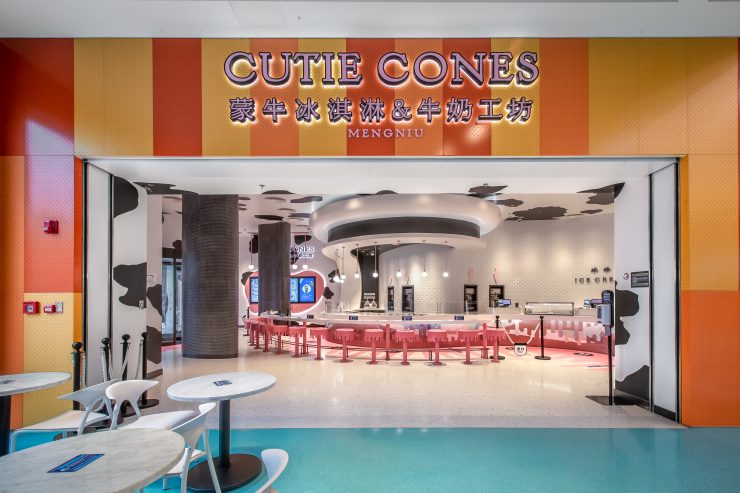




Week 5 – Sustainability / Equity Development
This week I spent time developing one of the edges of the street a bit further. I tried to include elements to make the space more resilient and equitable. The intent was to take higher-speed traffic and to group them. I took bikes and vehicles to live in a similar space. An elevated berm would buffer the slower pedestrian traffic, and the canopy from the dome would extend over these spaces to provide respite from inclement weather. At the entryway of each perimeter building, a formal space adorned by a large tree and seating arranged side by side captures the message of Socrates’ Phaedrus teachings. I intend to refer to these openings as dialogue gates, designed to encourage the passing traffic to pause and be encouraged to chat?
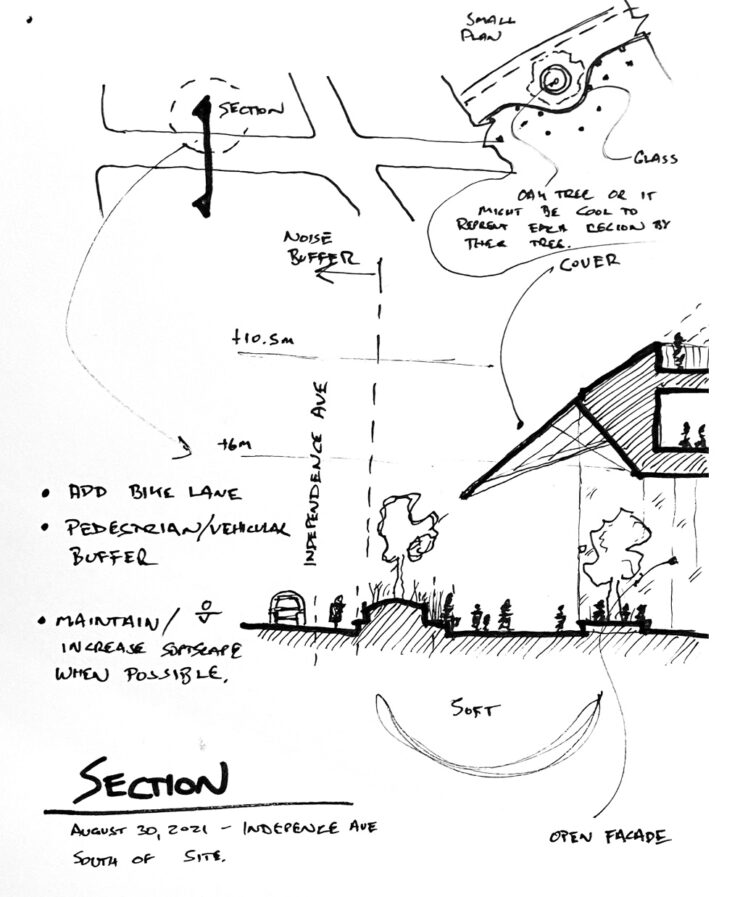
In terms of the preservation, there is a sensitivity to preserving the iconic façade and form of the existing building while adding the functionality that is proposed. The green space created will take on its own identity. The space that is created between the new buildings and the existing capitol building creates a new identity of blocking out the urban fabric from views within the capitol, which will allow for the respite that is required when having conversations with any real meaning. The dome connects the entire form as one space and protects the people within. The dome can open and close as moments require. The dome intends to have more rigid structure elements that define a form. Still, the overall weight of the structure visually will need to feel light and to achieve this. I intend to utilize lightweight materials such as ETFE.
- How does your design address social equity and ecological sustainability?
Equity is the word of the day. Not Equality. Equality is the traditional American concept. The Declaration of Independence declares that “all men are created equal … endowed by their Creator with certain unalienable rights.” The 14th Amendment to the Constitution provides that all citizens must receive “equal protection of the laws.” In the traditional understanding, Equality means something simple and easy to implement. The protection of the rights of all individuals, along with the invasion of none of those rights.
Representational equity is when two or more represented groups are standing on a relatively equal footing. To prove representational inequity, therefore, one need not show discriminatory policy. All one must show is the unequal outcome. Corporations and their lobbyist have equal access to their representatives, but the outcomes are unequal. Increasing the number of representatives is one of the tactics in improving access and reducing the concentrated interest of lobbyists.
Ecological sustainability is built into the overall redesign of the Capitol. The focus is on increasing the amount of sustainable green space, the replanting of all existing trees, and the softscape increased in scale. This will be achieved by having green roofs and removing the vehicular parking that currently exists on the site. The parking garage that will be integrated has a green roof. The Scope of Work for any construction must also adhere to ecological sustainable practices.
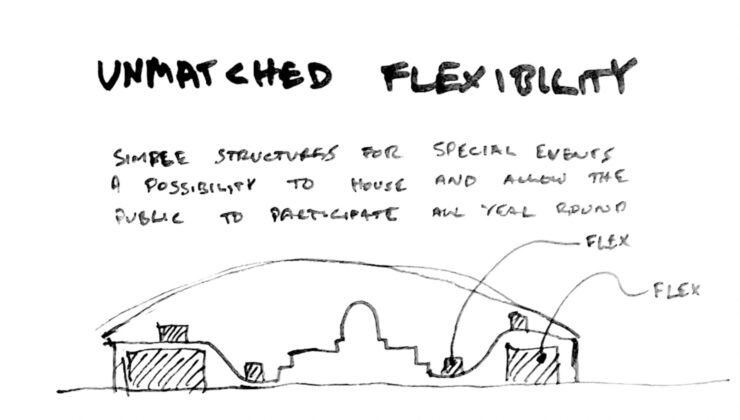
- How does the master plan, siting, building program, circulation, and massing allow accessibility and transparency?
The perimeter that builds up and defines the street wall along the perimeter on the North, East and South portions of the site will be both visually and physically transparent. The buildings will integrate softscape and create areas for conversation with the public. There is also a green ring that encircles the Federal portion of the Capitol building. This entire path is accessible to the public at both the grade portions and when it elevates into a bride that wraps around the Eastern portion of the site.
- What is the experience of the users/visitors of the building and how does that experience reinforce your thesis statement?
The experience of walking along the complete green path allows visitors to walk from a lower level of grade from the Capitol to its highest point which will be higher than the Speaker of the House. A primary concept is to reverse the order of hierarchy and put the People above the Government. The large arena space reinforces the growth of representation to the people and allows the Government to continue representing its people rather than special interests.
- What measures can you address to improve your building’s thermal performance, biophilia, water management, and other environmental issues?
A large dome encompassing the entire site will create a micro-climate and controlled space that can reduce the overall mechanical load and multitudes of enclosed buildings under the canopy. In my analysis, I have found that a 10% decrease in mechanical systems is possible.
This week I spent time developing one of the edges of the street a bit further. I tried to include elements to make the space more resilient and equitable. The intent was to take higher-speed traffic and to group them. I took bikes and vehicles to live in a similar space. An elevated berm would buffer the slower pedestrian traffic, and the canopy from the dome would extend over these spaces to provide respite from inclement weather. At the entryway of each perimeter building, a formal space adorned by a large tree and seating arranged side by side captures the message of Socrates’ Phaedrus teachings. I intend to refer to these openings as dialogue gates, designed to encourage the passing traffic to pause and be encouraged to chat?
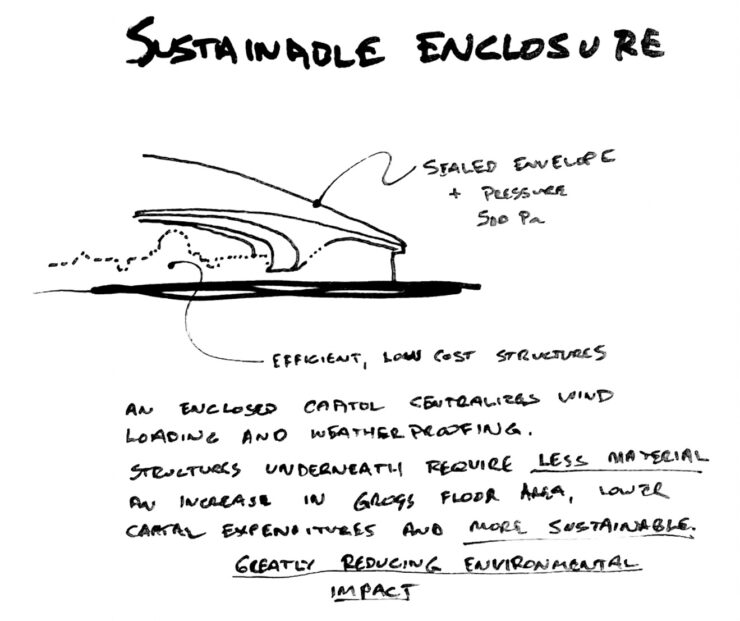
In terms of the preservation, there is a sensitivity to preserving the iconic façade and form of the existing building while adding the functionality that is proposed. The green space created will take on its own identity. The space that is created between the new buildings and the existing capitol building creates a new identity of blocking out the urban fabric from views within the capitol, which will allow for the respite that is required when having conversations with any real meaning. The dome connects the entire form as one space and protects the people within. The dome can open and close as moments require. The dome intends to have more rigid structure elements that define a form. Still, the overall weight of the structure visually will need to feel light and to achieve this. I intend to utilize lightweight materials such as ETFE.
- How does your design address social equity and ecological sustainability?
Equity is the word of the day. Not Equality. Equality is the traditional American concept. The Declaration of Independence declares that “all men are created equal … endowed by their Creator with certain unalienable rights.” The 14th Amendment to the Constitution provides that all citizens must receive “equal protection of the laws.” In the traditional understanding, Equality means something simple and easy to implement. The protection of the rights of all individuals, along with the invasion of none of those rights.
Representational equity is when two or more represented groups are standing on a relatively equal footing. To prove representational inequity, therefore, one need not show discriminatory policy. All one must show is the unequal outcome. Corporations and their lobbyist have equal access to their representatives, but the outcomes are unequal. Increasing the number of representatives is one of the tactics in improving access and reducing the concentrated interest of lobbyists.
Ecological sustainability is built into the overall redesign of the Capitol. The focus is on increasing the amount of sustainable green space, the replanting of all existing trees, and the softscape increased in scale. This will be achieved by having green roofs and removing the vehicular parking that currently exists on the site. The parking garage that will be integrated has a green roof. The Scope of Work for any construction must also adhere to ecological sustainable practices.
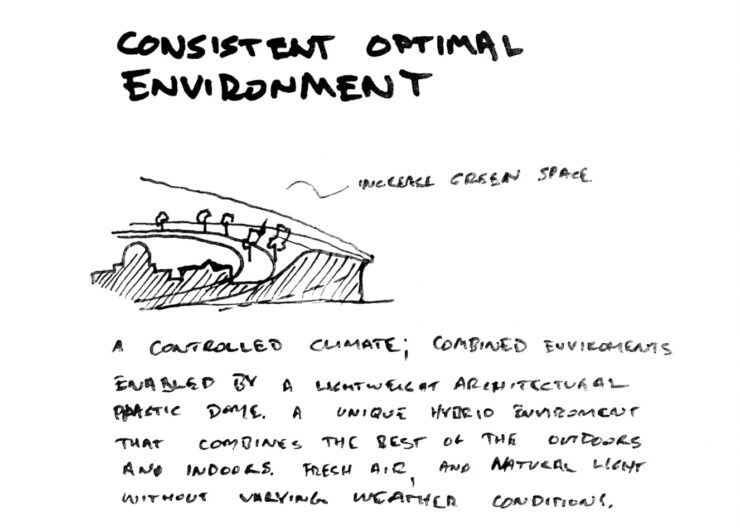
- How does the master plan, siting, building program, circulation, and massing allow accessibility and transparency?
The perimeter that builds up and defines the street wall along the perimeter on the North, East and South portions of the site will be both visually and physically transparent. The buildings will integrate softscape and create areas for conversation with the public. There is also a green ring that encircles the Federal portion of the Capitol building. This entire path is accessible to the public at both the grade portions and when it elevates into a bride that wraps around the Eastern portion of the site.
- What is the experience of the users/visitors of the building and how does that experience reinforce your thesis statement?
The experience of walking along the complete green path allows visitors to walk from a lower level of grade from the Capitol to its highest point which will be higher than the Speaker of the House. A primary concept is to reverse the order of hierarchy and put the People above the Government. The large arena space reinforces the growth of representation to the people and allows the Government to continue representing its people rather than special interests.
- What measures can you address to improve your building’s thermal performance, biophilia, water management, and other environmental issues?
A large dome encompassing the entire site will create a micro-climate and controlled space that can reduce the overall mechanical load and multitudes of enclosed buildings under the canopy. In my analysis, I have found that a 10% decrease in mechanical systems is possible.
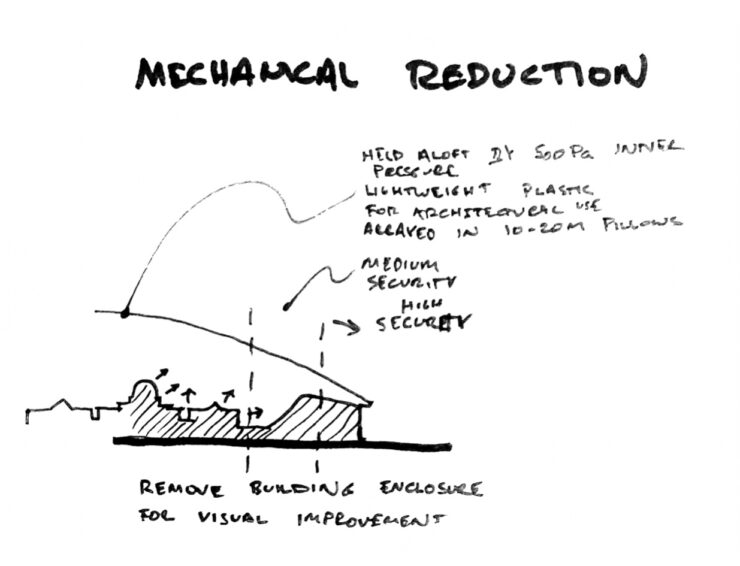
Review Proposal and Site/Program Development
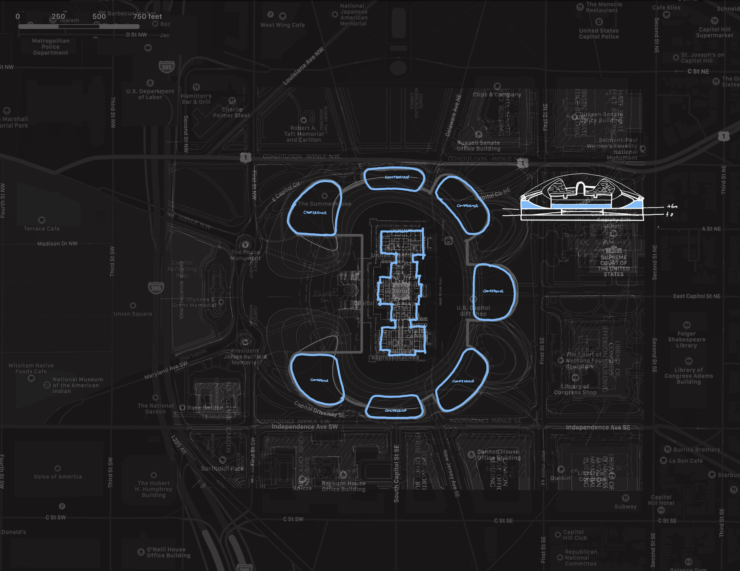
Question 1 – What work did you do this week and what new insights did you gain from your explorations
Answer 1 – This week I looked at the circulation of vehicular and pedestrians through the site. Paths of access for the public – diagramed overlays of the plan from last weeks presentation to think through the circulation of each floor.
There are other ways for the public to engage with congressional representatives and those areas are being designated as “conference” areas where conversation can happen. There are areas adjacent to their offices they can host visitors and open “protest areas” Next steps will be thinking through how the public moves through the building for a variety of purposes.
Question 2 – What was the feedback you received in the review? What parts do you agree or disagree with?
Answer 2 – A controversial and thought-provoking Thesis for sure. The conversations tended to evolve around two topics; the first is the overall form and the second is the security of the building. Below is a sampling of the comments that I received, but I have reduced the full list and focused on comments that will require a better understanding when being presented.
Comment from Karen Nelson: What do you value about the political processes of the US? What needs revision? What needs keeping? Restoring?
The immediate need is that we have taken away the diversified strategy of governance that was more local. It is common to focus on federal laws, and the media perpetuates this idea. Rather than allowing citizens within California, Massachusetts, or Florida to make their laws and decisions to govern themselves, we focus too wholly on the federal level. To battle this, we need to make it more combative, with more debate. We cannot have critical laws contingent on how one individual will vote and whether we can sway that person. That is the sign of the times when we look at one Senator and say, ” How will he vote, and it will impact all citizens. The goal would be to scale up representation (of the people and not representatives of dictators). The legislators would only pass laws that are genuinely bi-partisan and have obvious benefits to the people. If the legislators cannot agree, that means that it should not be legislated at the federal level and that the States need to take a more significant role in passing laws that would be needed to protect and promote the citizens of that State. That is the overall thinking. I need to find a way to manifest them in the overall Thesis. Right or Wrong, that is the stance that I am taking on the proposal, and I want to try to explore that further. If anything, the Thesis will cause discussion around a serious problem that we have, and I am just trying to put out into the world what I think the solution is.
Comment from Susan Morgan: be mindful of the use of terms: “preservation” has specific meaning and expectations, in distinction from rehabilitation, conservation, etc. https://www.nps.gov/tps/standards/four-treatments.htm
Yeah, this is important. Carl even mentioned this… I want to find a way to talk about it as being a problem and holding us back. Carl’s comment about preservation rules would make my proposal impossible, which is precisely the problem.
Question 3 – How do you plan to address your critiques in your work for the rest of the semester? What additional research is necessary? What design problems do you need to resolve?
Answer 3 – In order to address the comments the presentation will need to be an expanded version of what I presented. I will need to supplement the presentation with some of precedent studies that I had done last semester. This will help to justify my design decisions more precisely.
A deeper understanding of the kit of parts. For example, to know what the significance of the glass dome is.
The design problem that needs resolution is the conference areas and the overall circulation of the building. Once there is a better understanding of the circulation I can move into the form in order to more quickly get into the design documentation of the building. Part Two of this Week
I put together a series of diagrams below. I looked at the vehicle killer access to the site as well as the pedestrian access to the site. I’ve also indicated as section with the plan highlighted boundary. This is helping me to understand the change in elevations along the length of the site.
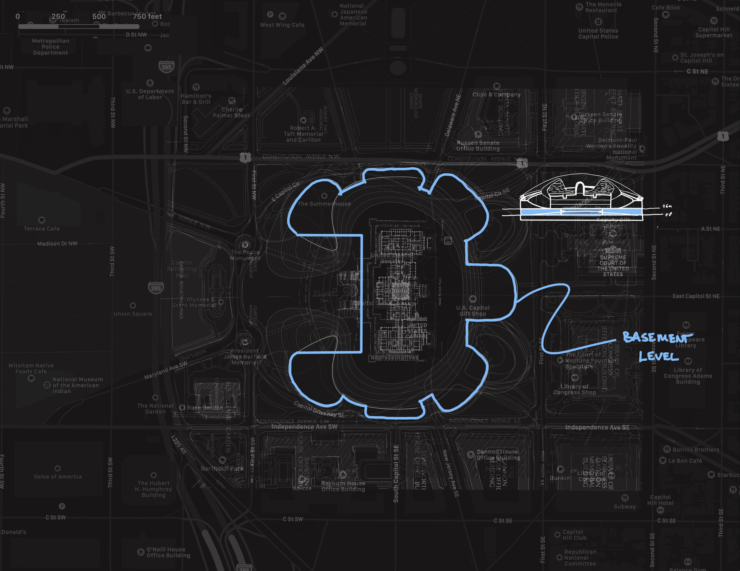

Contemporary Interior Architecture
I have had a lifelong affinity for clean and simple lines. These designs often pop up in Finish and Japanese designs. The simplicity and rhythm of arrayed lines is so captivating to me. I selected a work by George Nakashima, because it is the foundation of most of the designs that I enjoy the most. A more rectangular form and clean lines. I have been reworking my office and these vertical lines I have been playing around with to find the right proportions before moving into the final design. I have also been playing around with stains to get the right color and sheen. George Nakashima’s form and rhythm is what is driving most of the design decisions.
My main desk is made of Walnut and differing Walnut veneers, but I have been using Ipe for my vertical pieces as the grains provide interest in depth when it is stained.
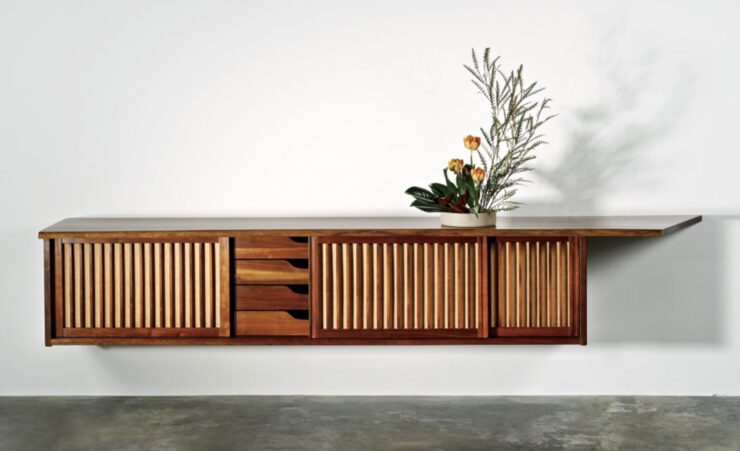
Thesis – Week 4 – Review Proposal and Site/Program Development
Paths of access for the public – diagram overlays of the plan from last weeks presentation to think through each floor.
There are other ways for the public to engage with representatives. There are “conference” areas where conversation can happen. There are areas adjacent to their offices they can host visitors and open “protest areas” Next steps will be thinking through how the public moves through the building for a variety of purposes.

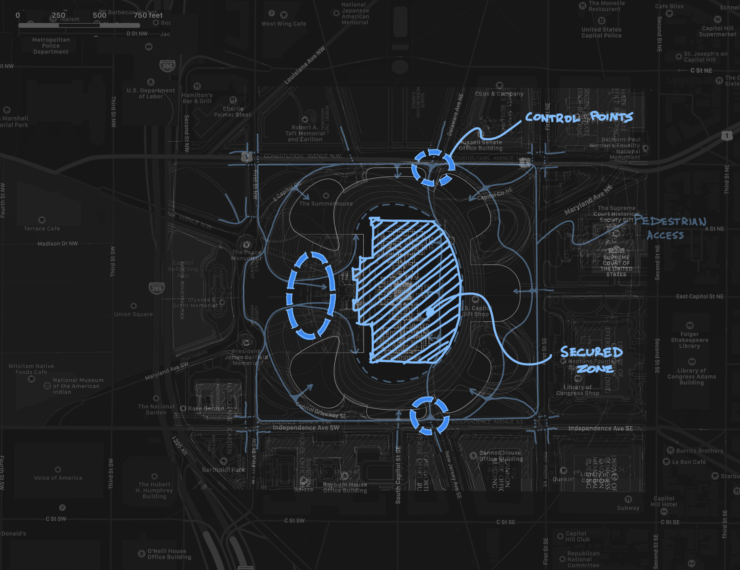
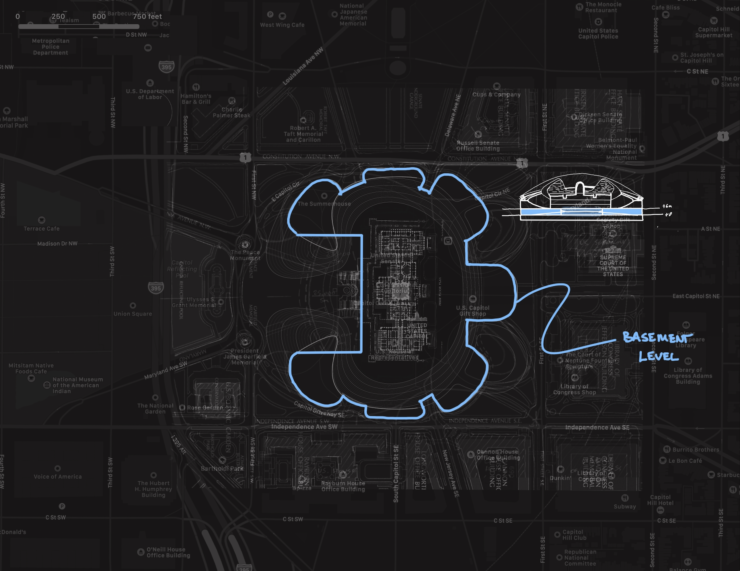
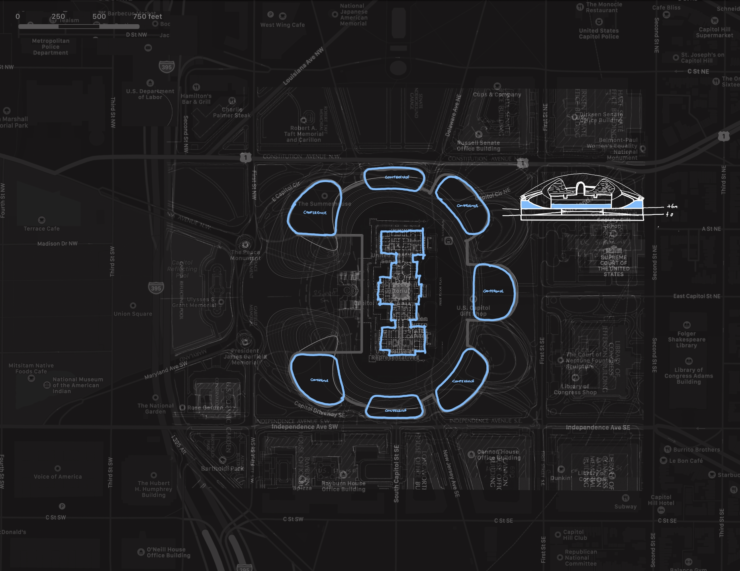
Thesis – Week 3 – Intensive
Effective governance in a representational republic is contingent on a proper proportionate of representation to the population as it grows and evolves to create a more perfect union.
The U.S. Capitol building needs to be increased in size and scope to accommodate proper representation per population.
My thesis will explore a modified design that will increase in size to accommodate a greater representation. The building will need to address global competition of iconic building forms, balancing historic preservation. The subset of the building will need to balance openness with security and create spaces for collaboration and conversation.
Comments and Feedback provided During Presentation
Question from Karen Nelson: Why have representational democracy… what about direct democracy through voting directly?!
Representational democracy has shown to be the best in promoting ideas highlighted by the enlightenment. I support this approach, and history supports representational democracies. I would note that direct democracy is mob rule. We know that a large portion of the population is easily swayed and even to the point not in their long-term interest. I am a supporter of the government as a means to protect the private property of its citizens.
Comment from Karen Nelson: China has many more representatives… but not a representational democracy
The problem with their representatives is that they are not voted but placed. The more fundamental point is that they are representatives of their dictator rather than representing their constituents.
Comment from Susan Morgan: how does your approach acknowledge expectations for civic architecture, for western and US assumptions of classical architecture establishing our validity as a “young” democracy…?
I touched on this a bit when referring to Thomas Jeffersons Academical Village in the use of Roman Architecture as a means to establish a sense of grounding the new republic in one of the greatest republics that ever existed on Earth.
Comment from Susan Morgan: be mindful of the use of terms: “preservation” has specific meaning and expectations, in distinction from rehabilitation, conservation, etc. https://www.nps.gov/tps/standards/four-treatments.htm
Yeah, this is important. Carl even mentioned this… I want to find a way to talk about it as being a problem and holding us back. Carl’s comment about preservation rules would make my proposal impossible, which is precisely the problem.
Comment from Karen Nelson: What do you value about the political processes of the US? What needs revision? What needs keeping? Restoring?
The immediate need is that we have taken away the diversified strategy of governance that was more local. It is common to focus on federal laws, and the media perpetuates this idea. Rather than allowing citizens within California, Massachusetts, or Florida to make their laws and decisions to govern themselves, we focus too wholly on the federal level. To battle this, we need to make it more combative, with more debate. We cannot have critical laws contingent on how one individual will vote and whether or not we can sway that person. That is the sign of the times when we look at one Senator and say, ” How will he vote, and it will impact all citizens. The goal would be to scale up representation (of the people and not representatives of dictators). The legislators would only pass laws that are genuinely bi-partisan and have obvious benefits to the people. If the legislators cannot agree, that means that it should not be legislated at the federal level and that the States need to take a more significant role in passing laws that would be needed to protect and promote the citizens of that State. That is the overall thinking. I need to find a way to manifest them in the overall Thesis. Right or Wrong, that is the stance that I am taking on the proposal, and I want to try to explore that further. If anything, the Thesis will cause discussion around a serious problem that we have, and I am just trying to put out into the world what I think the solution is.
Comment from Susan Morgan: Famous failed dome approach from a master of domes: https://www.historyandheadlines.com/east-st-louis-and-the-old-man-river-project/
This is some good information. Thank you for sharing.
Comment from Paul H: Is your greening of the capitol expansion symbolic of Anti-Federalist (Agrarian) versus Federalist (and Federal-Style architecture)?
I go back and forth on these two, and they exist specifically because there are different thoughts on them. I took the approach of breaking it down and its use depending on whether or not it will support the political position. For instance, the use of Agrarian, nature-oriented, would be utilized when discussions need to occur. Within the final vote, the arena of politics, the place where it becomes challenging to remove that law within that same legislative branch once it is in law. Those spaces should reflect an architecture that is bigger than man and more formal.
Comment from Susan Morgan: worth understanding the difference and similarities in intent and expression of Foster’s Reichstag versus his later London City Hall: https://www.fosterandpartners.com/projects/city-hall/ and http://parliamentbook.com/
Thank you. I will research this more fully.
Comment from Karen Nelson: What is the polemical argument? Heading towards fascism? Here already?
Firstly, just so we are on the same page, I rarely use the word “polemic,” I want to make sure I understand you. I understand a polemical argument as the following: A statement used in opposition or controversy of a proposition.
I don’t, or at least I am not trying to have a polemical argument, but just a pure argument. I am trying to use the facts and precedent written in our federalist papers discussing the proper proportion of representation to its citizens. The reference of this can be found in Federalist No. 58, Federalist No. 55, and there are lighter mentions of the need for it but it is just a broad statement. There is also mention of this same argument in the Federal Constitutional Convention of 1787. I could add this documentation within the Thesis as some supporting precedent.
I do not intend to make any commentary on fascism and whether it is here. The primary goal is to state that we have an issue of under representation, and that I am advocate in the foundation of this country and would like to grow representation as it has worked so well in the past.
Comment from Karen Nelson: https://www.kent.edu/magazine/shed maybe time to bury it and begin anew ontop…
I took the approach of tearing it down vs. “preserving” it depending on the hierarchy of importance. For example, the perimeter buildings that are accommodated for dialogue can be open and not as formal. Still, as legislation becomes more solidified and makes its way to the federal arena, the Architecture should formalize with that same level of importance. The area space is intended to be an architecture that is bigger than man and more formal.
Comment from Karen Nelson: What about the grounds around the capitol
The grounds around will be maintained as much as possible for occupiable green space. Any lost space will be replaced by an elevated green walk that surrounds the federal arena.
Comment from Susan Morgan: Thom: worth reviewing design thoughts about this: https://www.smithsonianmag.com/travel/winners-announced-for-national-mall-design-competition-63914108/
These are friendly spaces within the National Mall, and it reminds me of other programmed spaces like the botanical garden. When master planning, I call this type of stuff the “litter” to activate space. I feel free to use that kind of language here because the entire competition was based around the bias of “dead spaces.” I wonder if a landscape architect intentionally designed an open space for a particular reason, and others call it “dead space.” I am sure. However, I am an advocate for activating spaces like this with skating rinks, fountains, etc.
Comment from Karen Nelson: Are we under-represented? Really>
Yes, we are under-represented; a school board is much more accessible than a house of representatives and even more so than a senator. Scarcity value is a good analogy for this.
Comment from Susan Morgan: Thom and also: https://www.architectmagazine.com/design/memorials-for-the-future-finalists-revealed_o
I need to get on your newsletter! You have a ton of great resources. There is a moment within the building, the house, and the senate chambers that would be converted into a museum space, and I was struggling with what to do with it that wasn’t just locking it in time but making it a more interactive learning experience, and this competition has some great thinking along that line already. Thank you for sharing.
Comment from Karen Nelson: How many people can function?
I alluded to this in my previous response, but the question I am trying to solve has a different importance threshold. When we talk about functioning, yes, it will function. If the key performance metrics are evaluated by whether bills get passed, I am trying to fix that evaluation. We need a new standard for the key performance metrics. The standard should become something similar to “did the bills that get passed have a positive benefit to the people and did a majority agree?” Too often, we pass bills by the margin of a single person, and this is a recent legislative change that we call the “nuclear option.” We can easily say, well, that is the solution to get rid of the nuclear option. That is a solution and should happen, but we also need to address a growing population and wealth to representation that is not growing. It is an obvious problem, and my proposal is to have more representation to fend off the influence of potential corruption.
Read moreThesis – Week 2 – Pecha Kucha
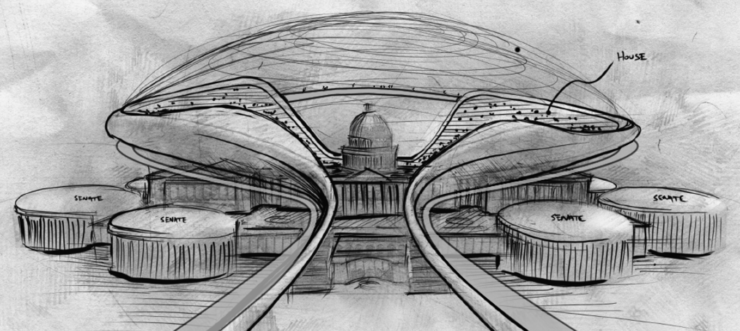
Karen Nelson Comments
- Q1. Provocative spatial and political argument
- A1. Thank you.
- Q2. Maintain only an image of representational democracy?!
- A2. This is my nod to the embedded corrupt nature of a system with a locked representation while we can have our first trillionaire and how a small handful can manipulate a small group (non growing representatives). The corruption will only become worse… There are other solutions, but I am trying to maintain the form of an idealistic form of what it should be rather than the reality of the situation
- Q3. How do you make decisions about the form of the project? How serious… how sci-fi? Is it worth contrasting our numbers to those of China and its larger legislature?
- A3. I have a precedent I am using within my research about the Galactic Senate in Star Wars, which is about the monumentality. I am also using the Nazi Capital as a precedent for the propaganda piece and that is when I relate it to China. A representative republic needs to have an answer, so it doesn’t get left behind, and can continue to be relevant. I like to make a comparison of the church using the best “artists” like Michelangelo to showcase. The best of the best was used as an association. This is similar to Celebrities, Athletes, Institutions, etc. They use the best of the arts to illustrate their propaganda to get an association bump. It is important to have a form that reflects that in order to compete against authoritarian governments. We don’t want the next generation of surface thinking to be “China is cool” and “America is dead”
Daniel Daou Comments
- Q1. Concur, very provocative. But the symbolic dimension needs to be foregrounded. the driving argument can’t be a merely functional one.
- A1. I have a precedent of the nazi capital, which its intent was to create a monumental space that would be a symbol of power. The goal was to have delegates that arrive to brag about the architecture back home. This happens a lot in China and UAE, and it has very valid societal impacts just by being a symbol (propoganda). There are overlaps of China (Communism) and their use of propaganda and how a representational democracy can combat that propaganda without feeling left behind.
- Q2. What would the “terms of criticism” be?
- The terms of criticism are as follows: 1) Is there a space to meet with representatives in a more direct and neutral way? The intent of the space would be to acknowledge that both parties; that of the representative and the citizen, are equal and there is not hierarchy above one another in these dialogue zones to better understand the needs of the community. 2) When the representatives are working, can the public see them? 3) Is there space for the public at hearings, committees, office meetings, and when congress is in session? 4) Does the building meet the standards of a healthy working atmosphere (healthy building)? 5) Does the building have a monumental stance in its environment that can command attention?
- Q3. How do you evaluate how successful your design/research is? Does anything go? Speculation is perfectly fine, but internal narrative self-consistency becomes paramount.
- A3. On the surface it is speculation, and hopefully the supporting documentation can support my Key Performance Index, which is: 1) Increase the Size. 2) Balance of Security and Openness. 3) Creating spaces for Collaboration and Conversation. 4) Creation of regional zones of lesser magistrates that will have a standard operating procedure of judgement in order to pass any potential legislation on to the Federal Senate and House for a vote.
Susan Morgan Comments
- Q1. worth including in an intro why we should keep/add on to the existing capitol building versus step away and create new, adaptable facility for proper representation. Side note: in the world of digital meeting, to what extent is the assumption of physical presence appropriate for the next 50+ years?
- A1. Great point on a focus on the keep/add of existing capital vs new. I explored this idea early on and there is some interest in exploring it further, but it tended to not be manifesting itself in form, but rather a cerebral push and pull about the proper way of representation when it intersects technology. I can get carried away with this idea, because it is rich.
- Q2. With such direct visual comparisons to Buckminster Fuller and Norman Foster, you should be explicit about these references and acknowledge their relationship to assumptions and visions for the physical expression of political engagement.
- A2. Understood. I do have these references in the expanded version of the presentation, but I will ensure that I make reference within a reduced presentation as well.
Ekaterina Siemoneit Comments
- Q1. Some sketches reminds me of Reichstag glass dome by Norman Foster. Was it your inspiration?
- A1. Yes I did look at this building. It is very beautiful. I also looked at some concepts for the Tokyo Stadiums that have a wrapping path around the building. Very good catch!
Molly Boudreau Comments
- Q1. Seems costly. Maybe they should all remote work instead? Ha!
- A1. I understand you are being playful, but I think we both know this could be a reality very easily, and I touch on it slightly, but don’t go too much into it because of my bias towards built form.
Ryan Hoppe Comments
- Q1. What security considerations have you made about having a public elevated platform above a house of government given what we saw in January?
- A1. I intend to touch on the full history of attacks on the Capitol. I specifically touch on “1983 U.S. Senate bombing” by the New Communist Movement. I am focused on the fortification from weaponry and bombs along with cordining of populations.

